Adam Smith Awards Asia 2016 winners
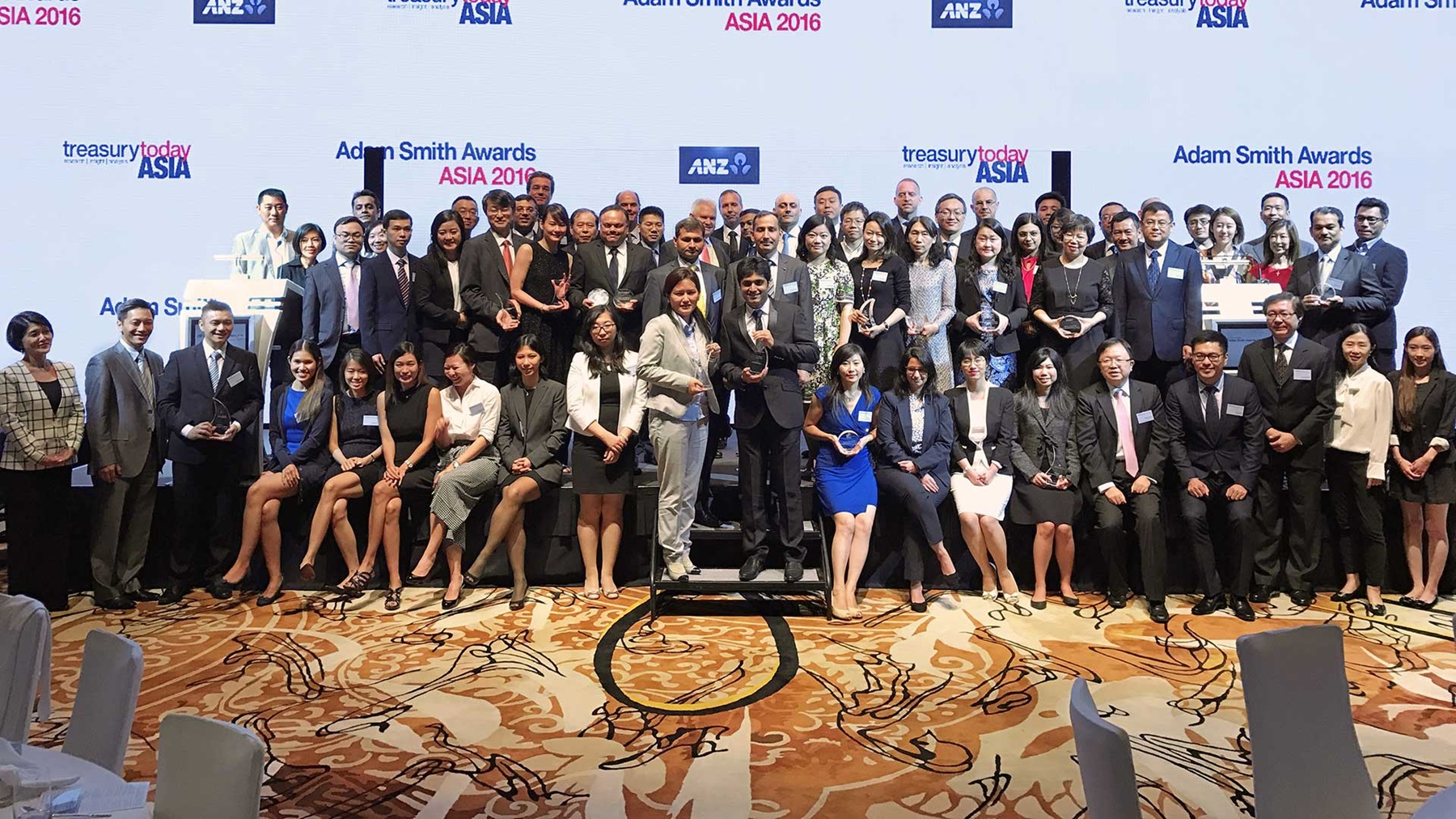

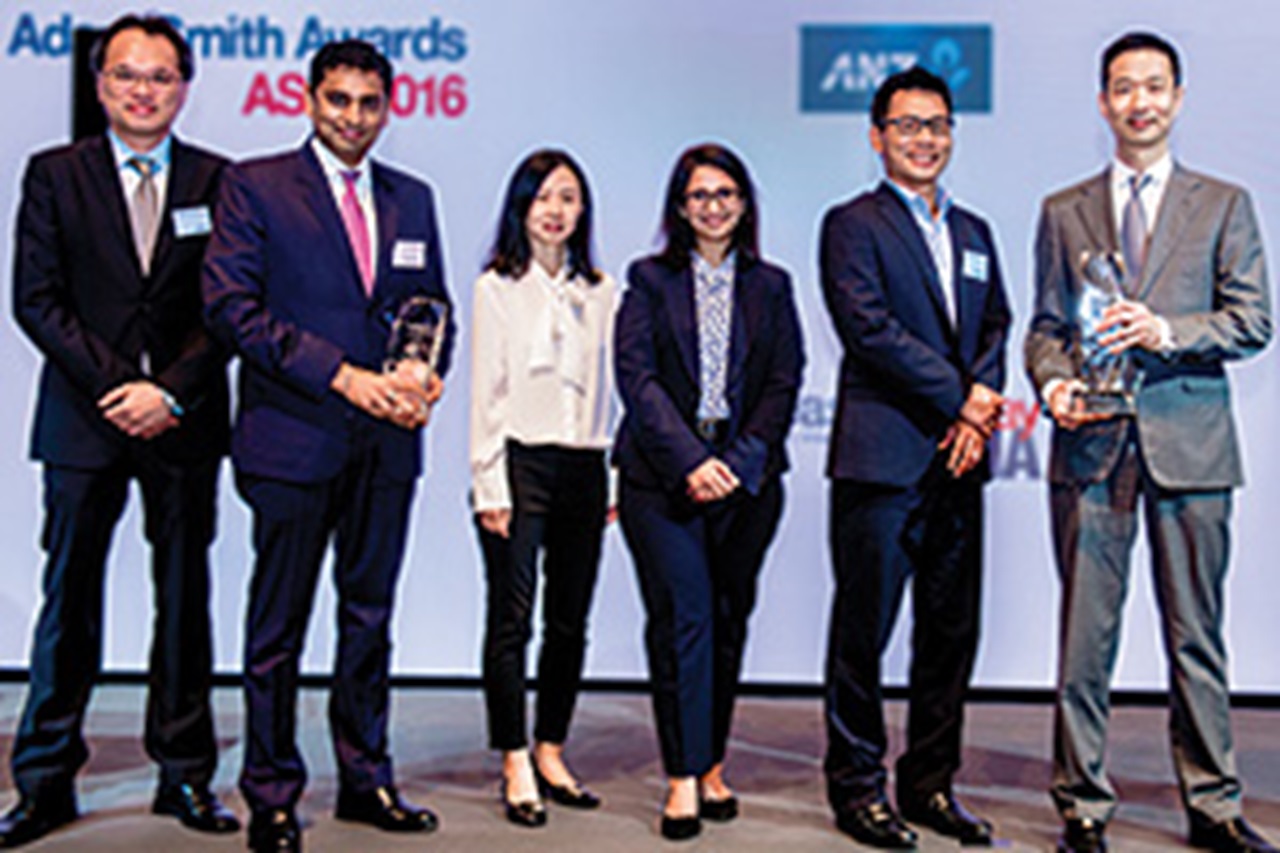
The Asia Pacific region is key to GE’s growth strategy so the treasury structure comprising three complementary Centres of Excellence is pivotal. The journey they have been on has been transformational covering 439 entities across 25 geographies and 127 banking partners with 1,911 bank accounts. From a pioneering cross-border liquidity structure, automated single platform solution for FX payments and working capital efficiencies to a centralised transaction processing centre, the team at GE has excelled and is a most deserving winner of our Top Treasury Team Asia this year.
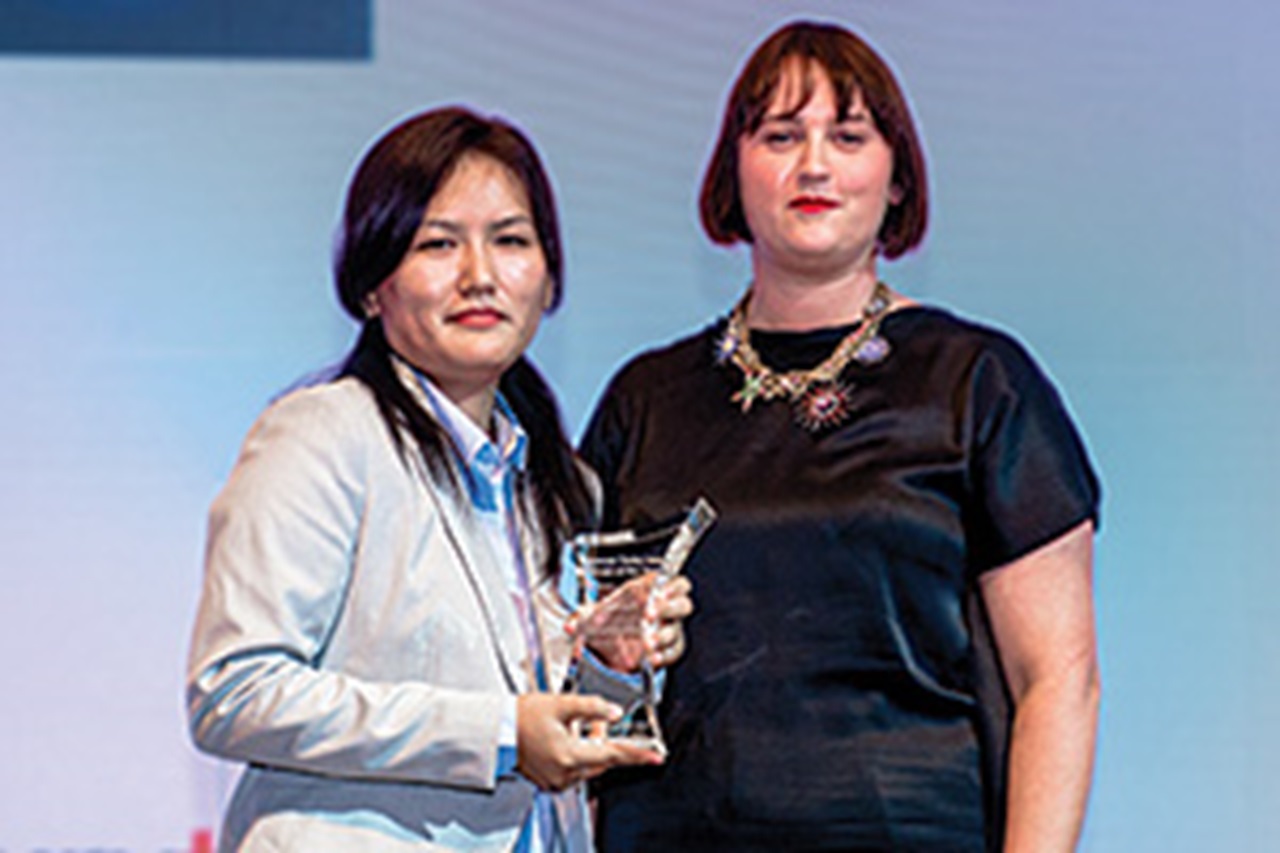
Sonam has treasury in her DNA says the banker who nominated her for this award. Having read Sonam’s CV and several references from people who have worked with her it is not difficult to see why she is such a worthy Woman of the Year 2016. From humble beginnings in India where she was born, she is now a respected senior treasury professional at one of the world’s leading FMCG companies and is a true inspiration to other women.
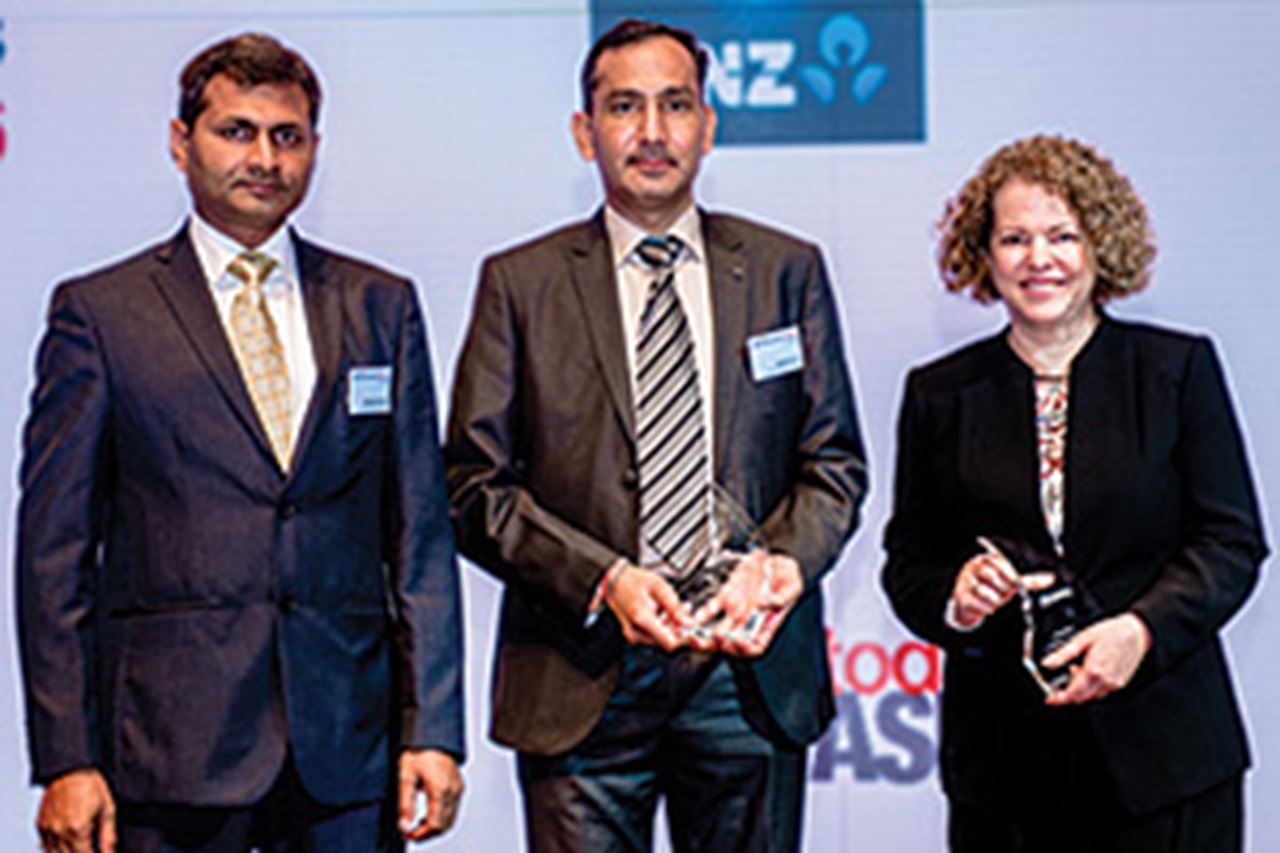
This case study profiles several solutions in India across the entire accounts payables (AP) and accounts receivables (AR) spectrum, comprising debit, credit and prepaid cards to cash and ATM. This is an impressive suite of solutions on display from this major consumer products organisation.
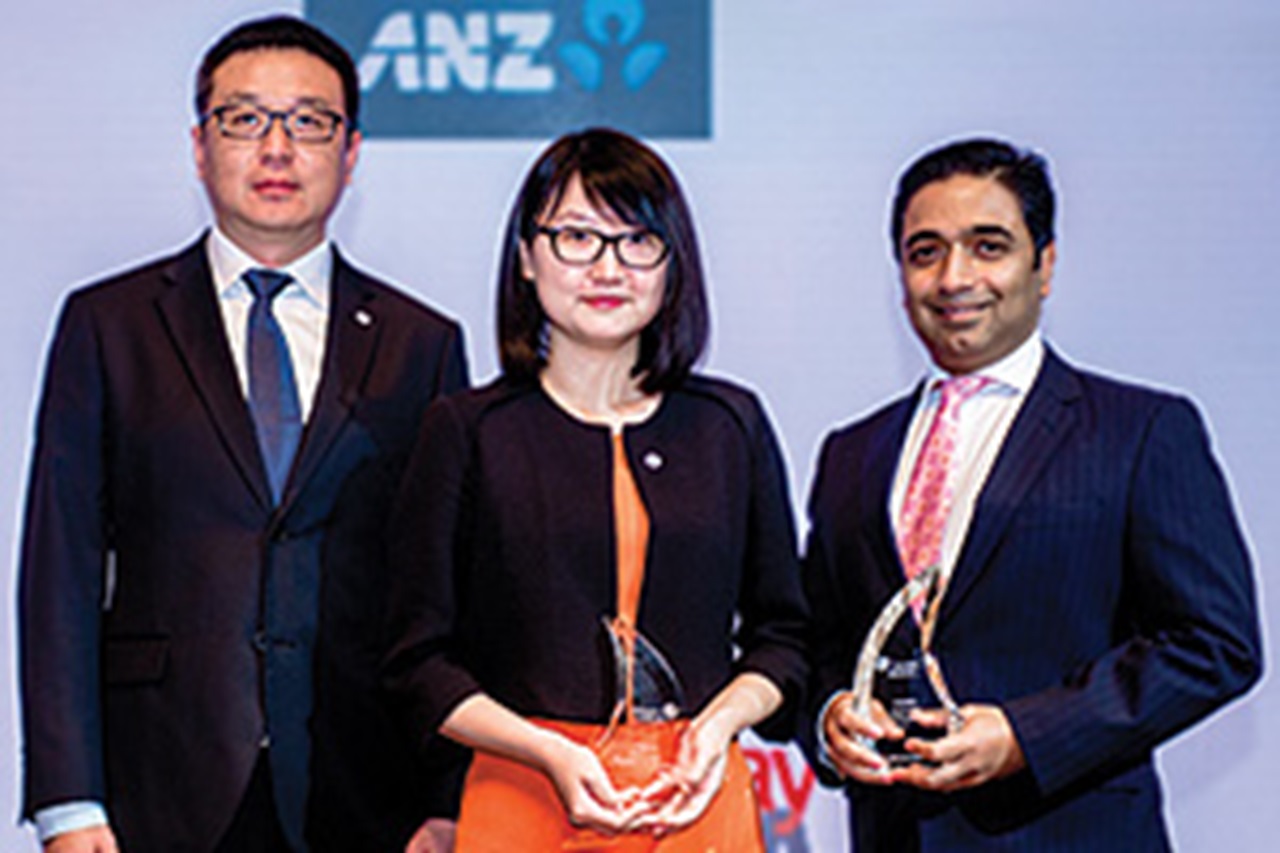
This solution responds to the global joint venture cash management needs of JCI and Hitachi in early 2015. The solution encompasses funding, cash management and trade services across 16 countries globally, resulting in some impressive benefits, especially in straight-through-processing automation rates.
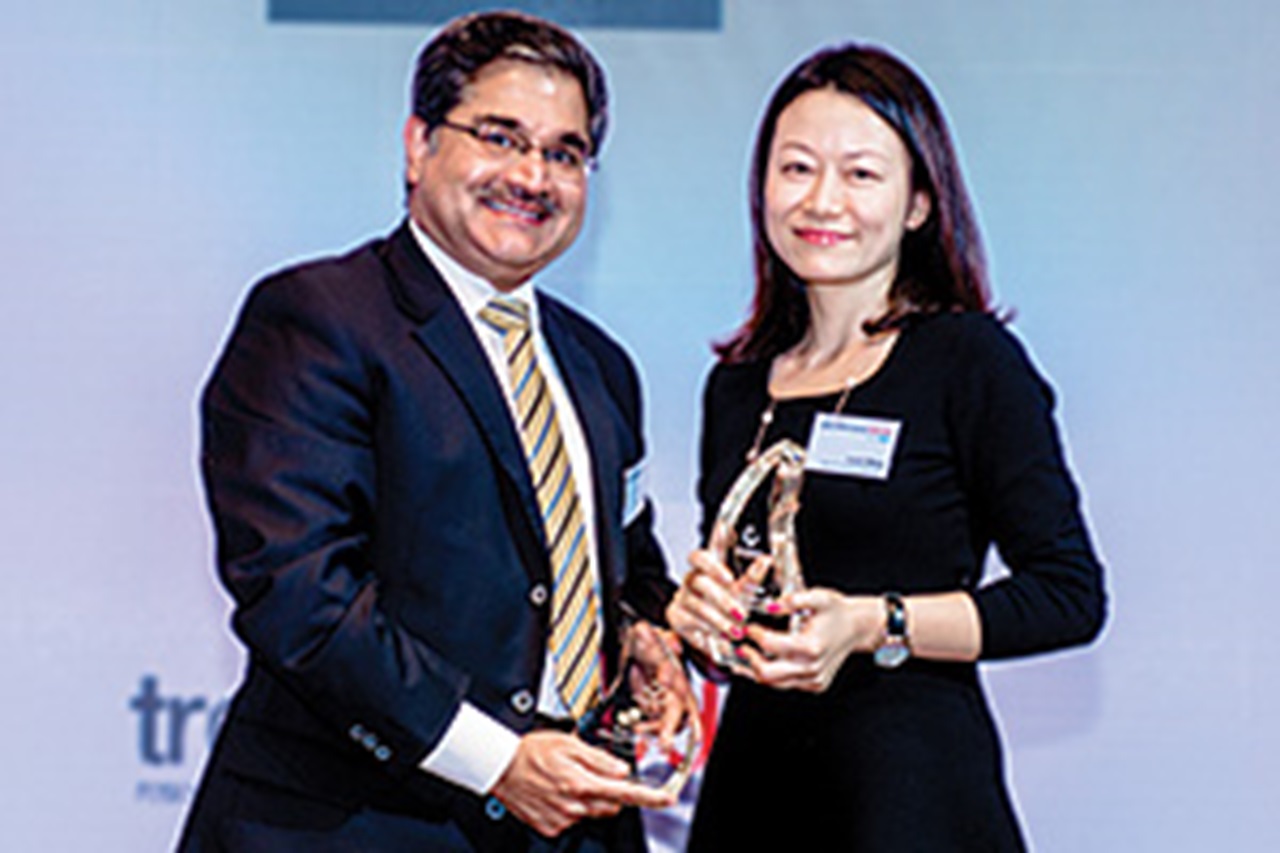
At the end of 2015, Sanofi China began a global initiative to fundamentally reshape its liquidity management processes in China. The result is a highly-efficient and integrated cash pooling structure which incorporates four layers of their corporate structure.
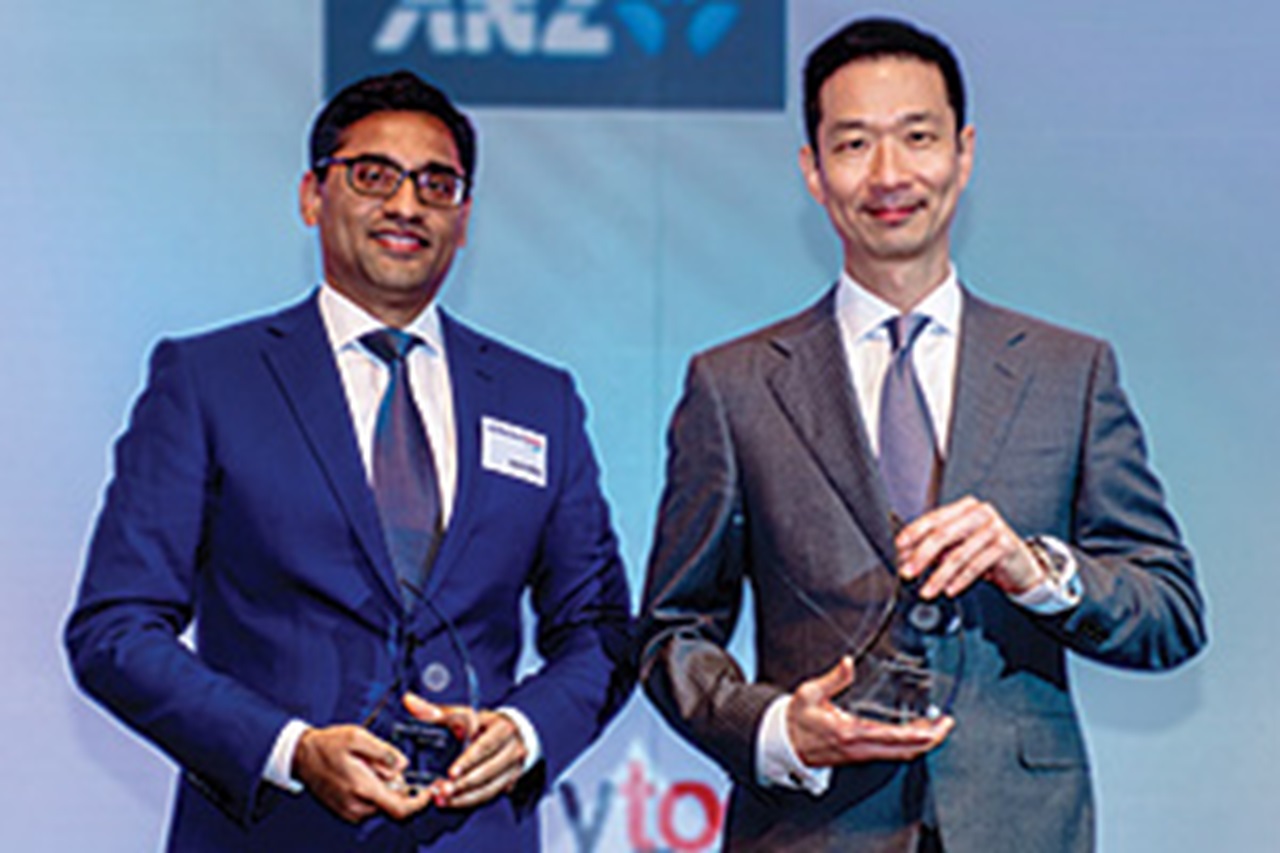
This is a hybrid accounts receivables monetisation solution which has optimised GE’s working capital and strengthened its customer relations. The solution covers tenors ranging from three months to almost three years, backed with documentary instruments or open account solutions.
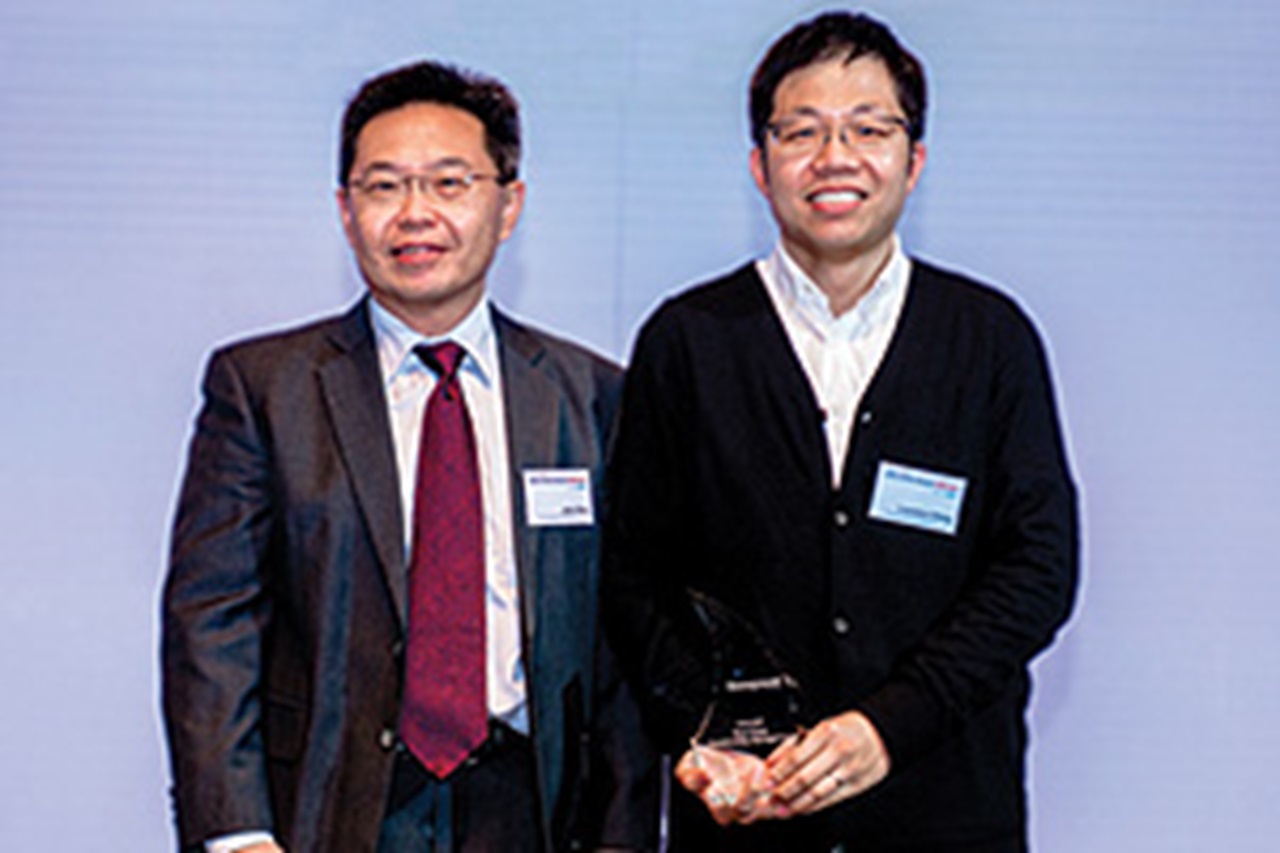
The decentralised nature of Honeywell’s structure in China was inefficient and introduced unnecessary risks so they totally redesigned their credit facilities around a consolidated and centralised model focussing on six prime areas.
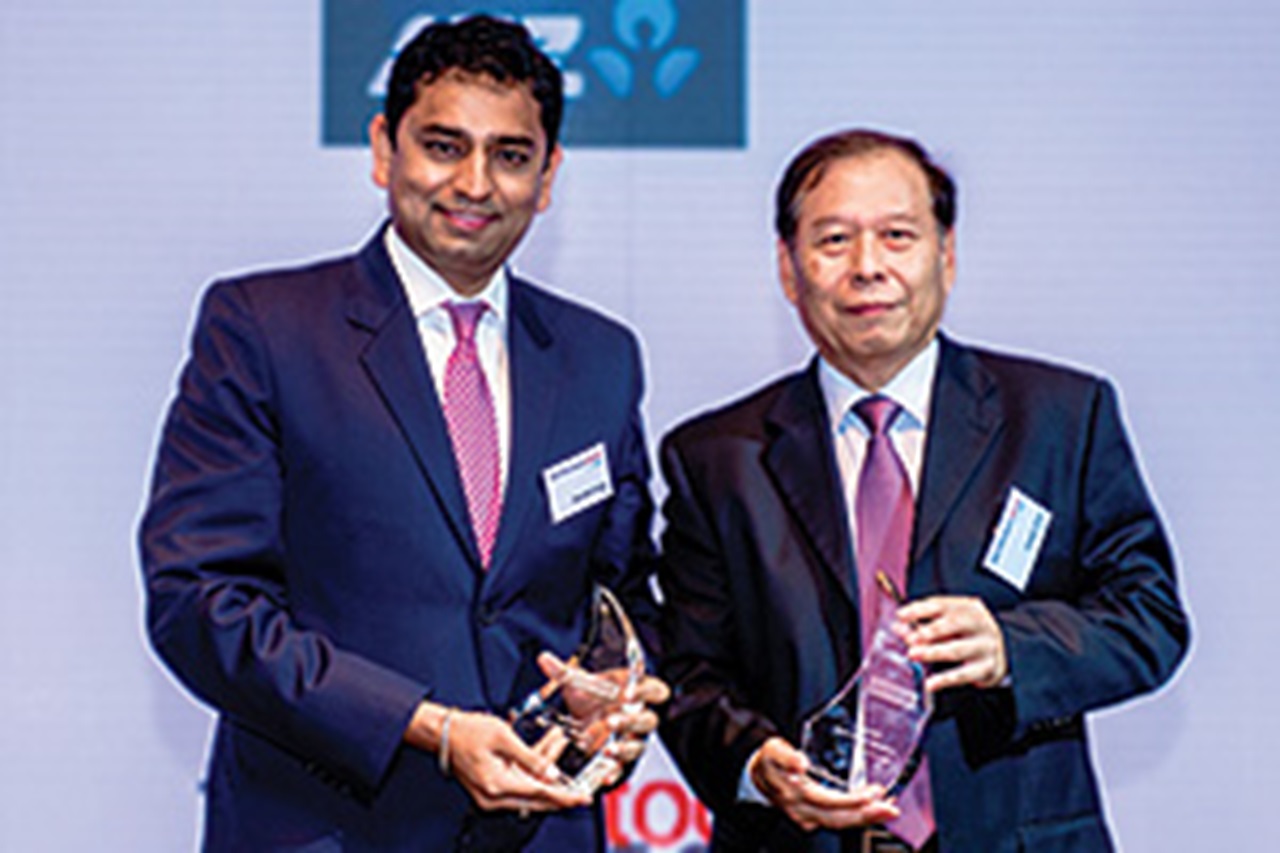
In the last nine months this supplier finance programme comprising open account and Usance payable at sight (UPAS) letter of credit (LC) has exceeded US$500m in volume and extended Lenovo’s days payable outstanding (DPO) by an average of 60 days.
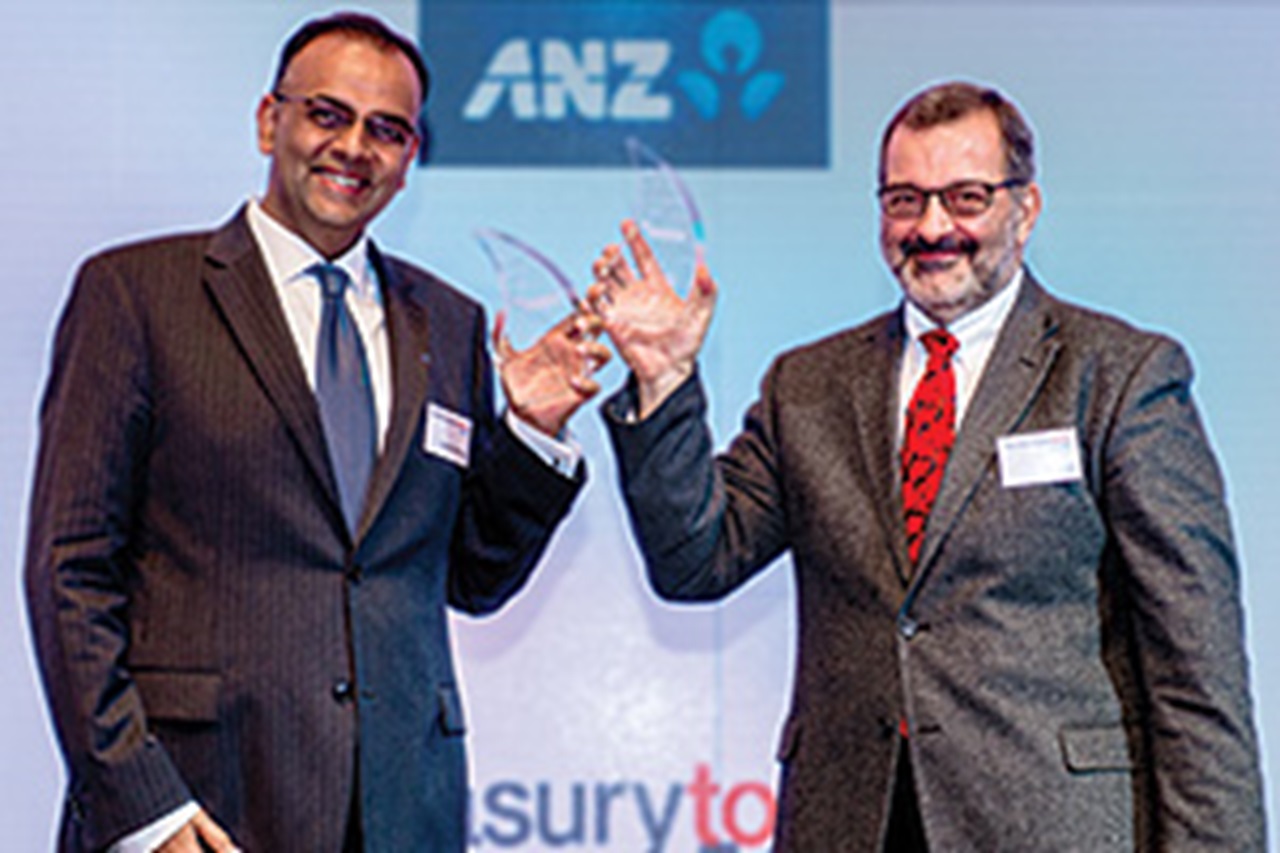
This is a fintech start-up solution using the cloud to address this company’s DPO challenges. They have digitally transformed their accounts payables, covering their end-to-end supply chain with a fully automated B2B supplier payment card solution.
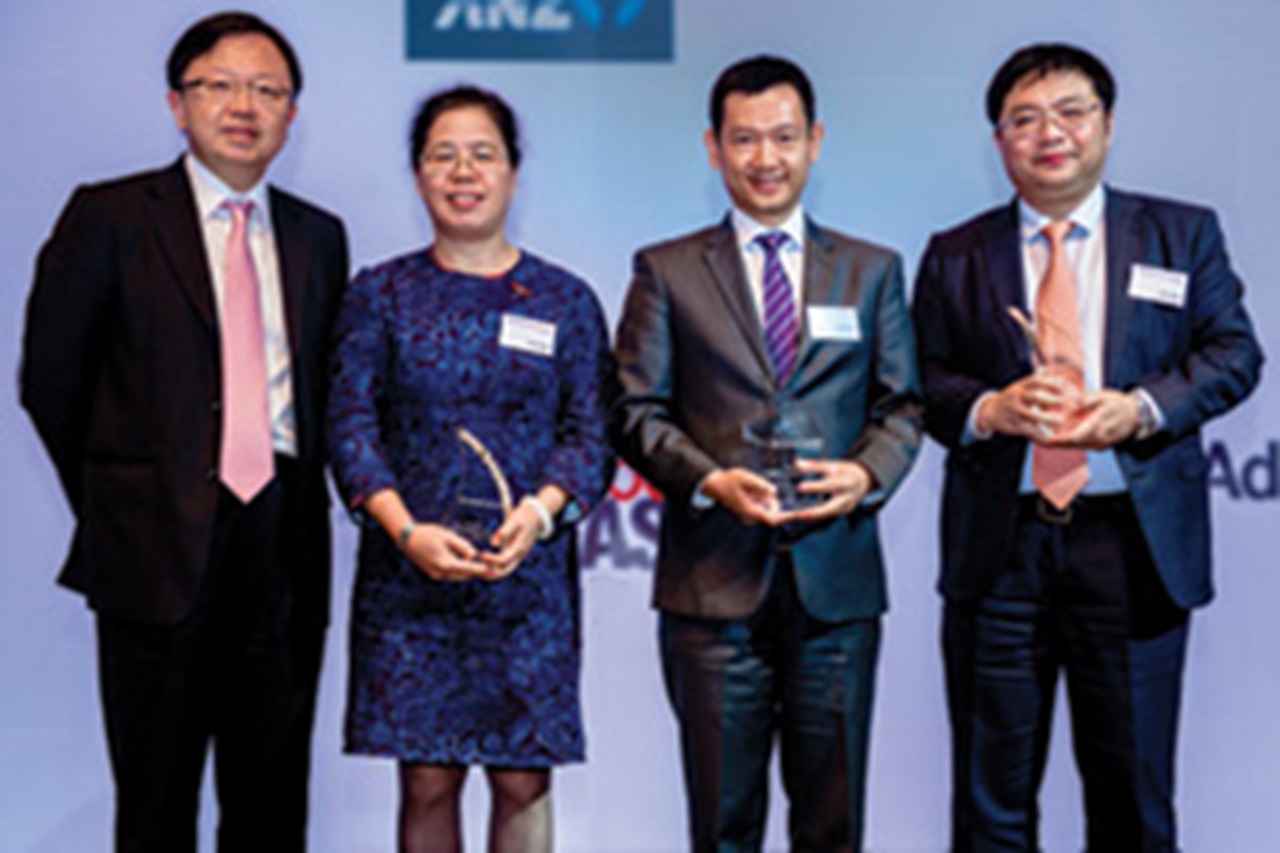
This case study showcases how a non-recourse project financing of US$3.3bn was closed at a time when the project scope was evolving. It was the largest project financing transaction in the Chinese petrochemicals industry in 2016. The execution is exceptional as it took just four months from the RFP issuance in June to the loan contract signing in September.
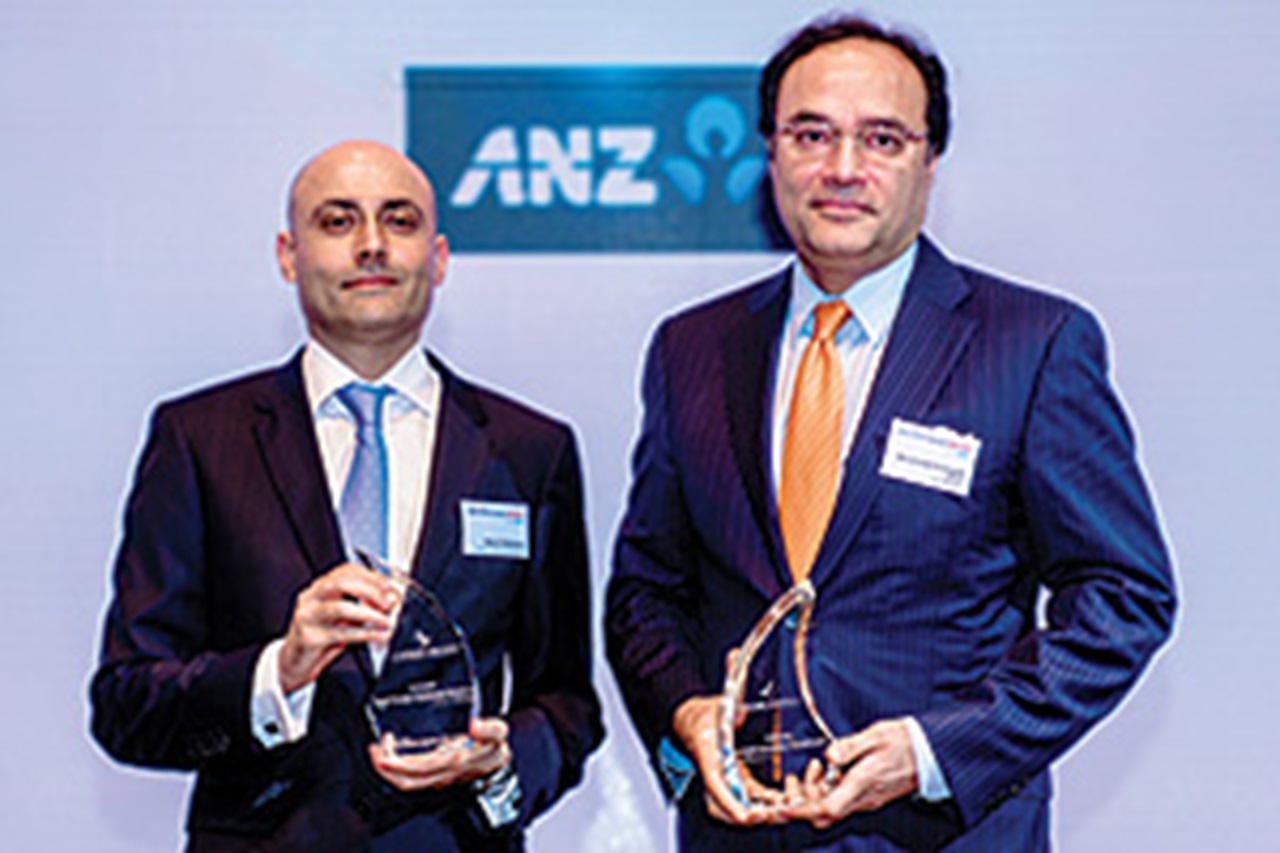
This solution is all about giving Cathay Pacific’s customers choice when paying for bookings in a currency other than Hong Kong dollars, being the airlines ‘home’ currency. This is a three-phase multi-year deliverables roadmap; the first phase involved a review of Cathay Pacific’s existing global payments processes, which resulted in the implementation of cheque outsourcing and lockbox solutions.
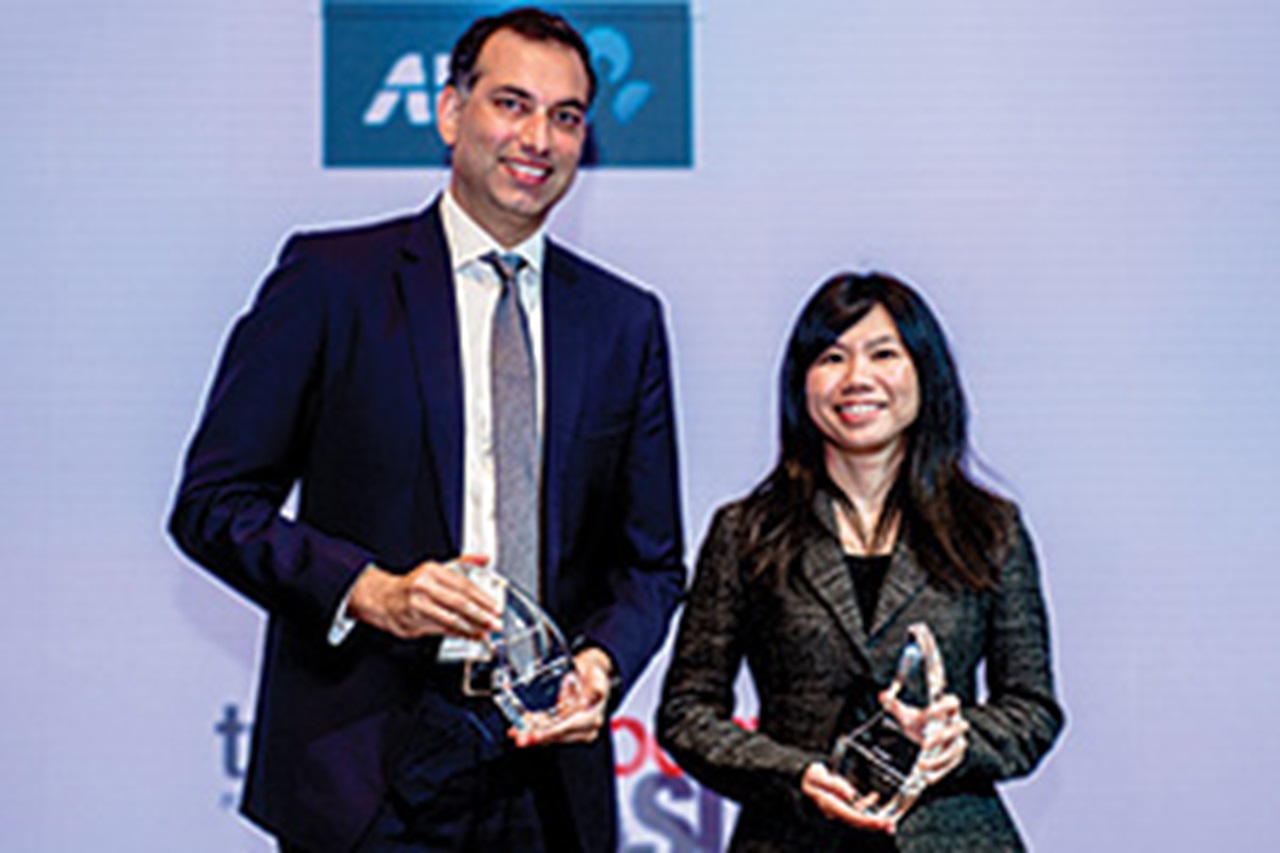
This company’s business lines cover a diverse range of commodities trading as well as large scale infrastructure assets and they required a cross-asset platform to manage credit, pre-trade, trade and post-trade. They also needed the chosen solution to accurately assess their ongoing mark-to-market exposures in order to manage their hedging programmes.
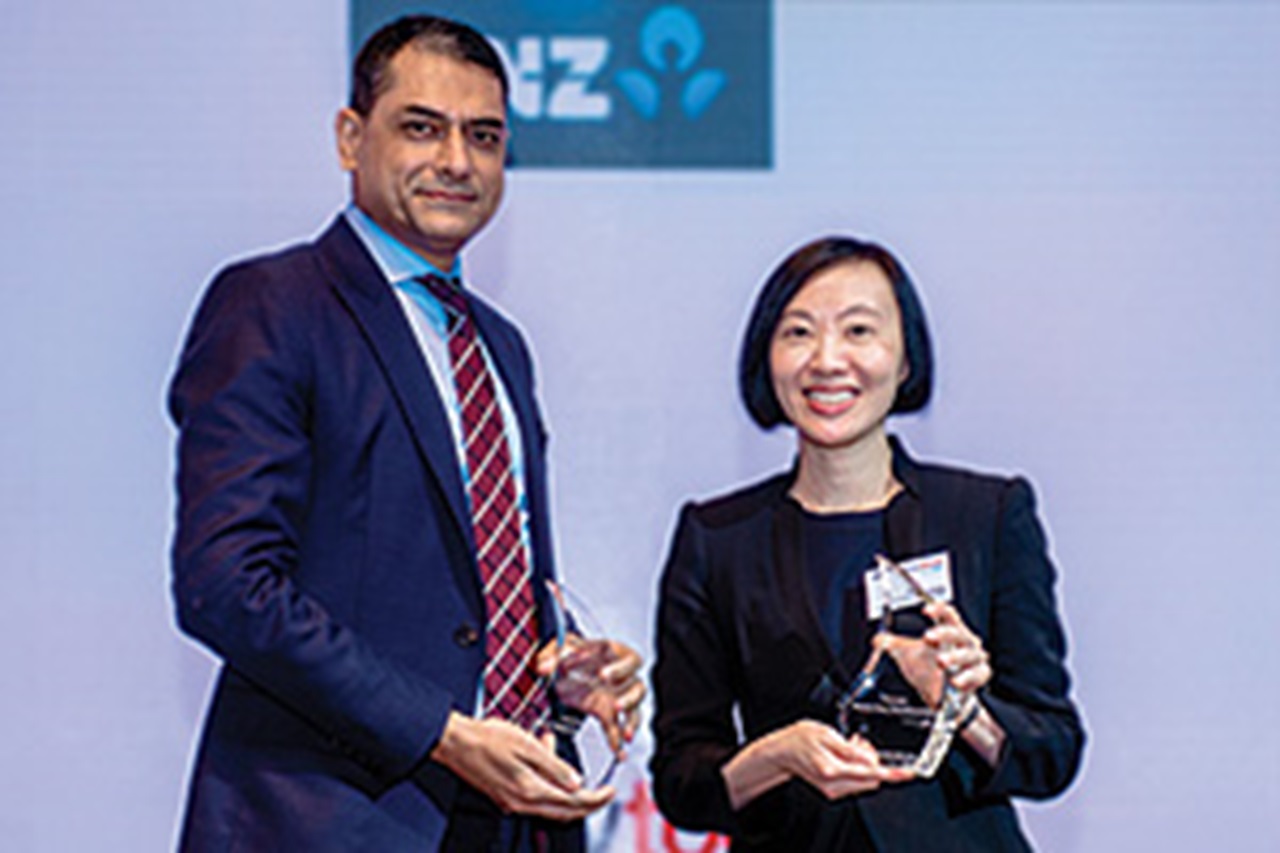
Mars introduced a four-phased approach to its benchmarking exercise which has identified best-inclass solutions, working with its partner bank, across each of its key business lines. They have realised operational and treasury efficiencies and it is a process of continuous improvement supported by an annual two-day session between Mars and its bank.
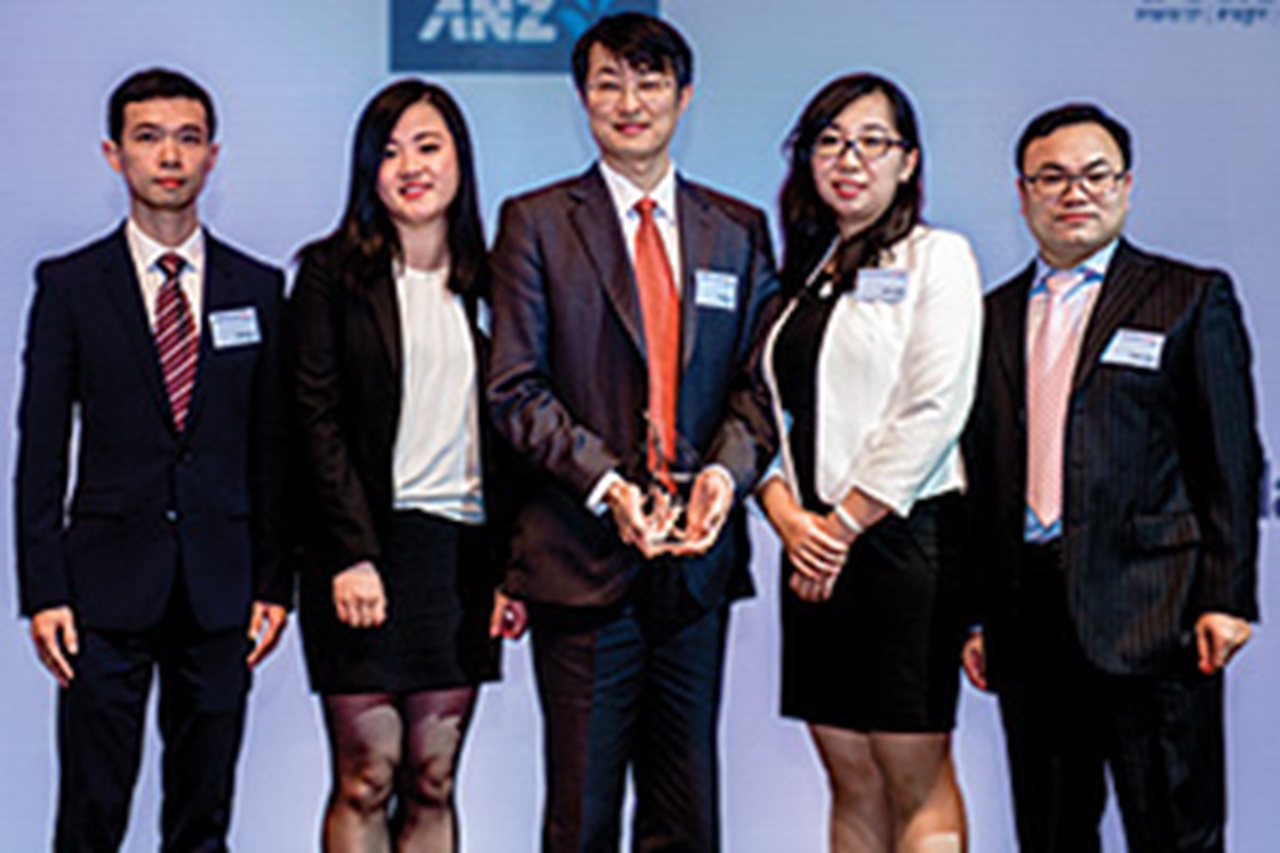
This e-commerce giant decided to develop a treasury management platform in-house. They have delivered a web-based system (TMI) which provides cash visibility, transaction based liquidity, investment and financing management systems with standard operational processes and a management dashboard.
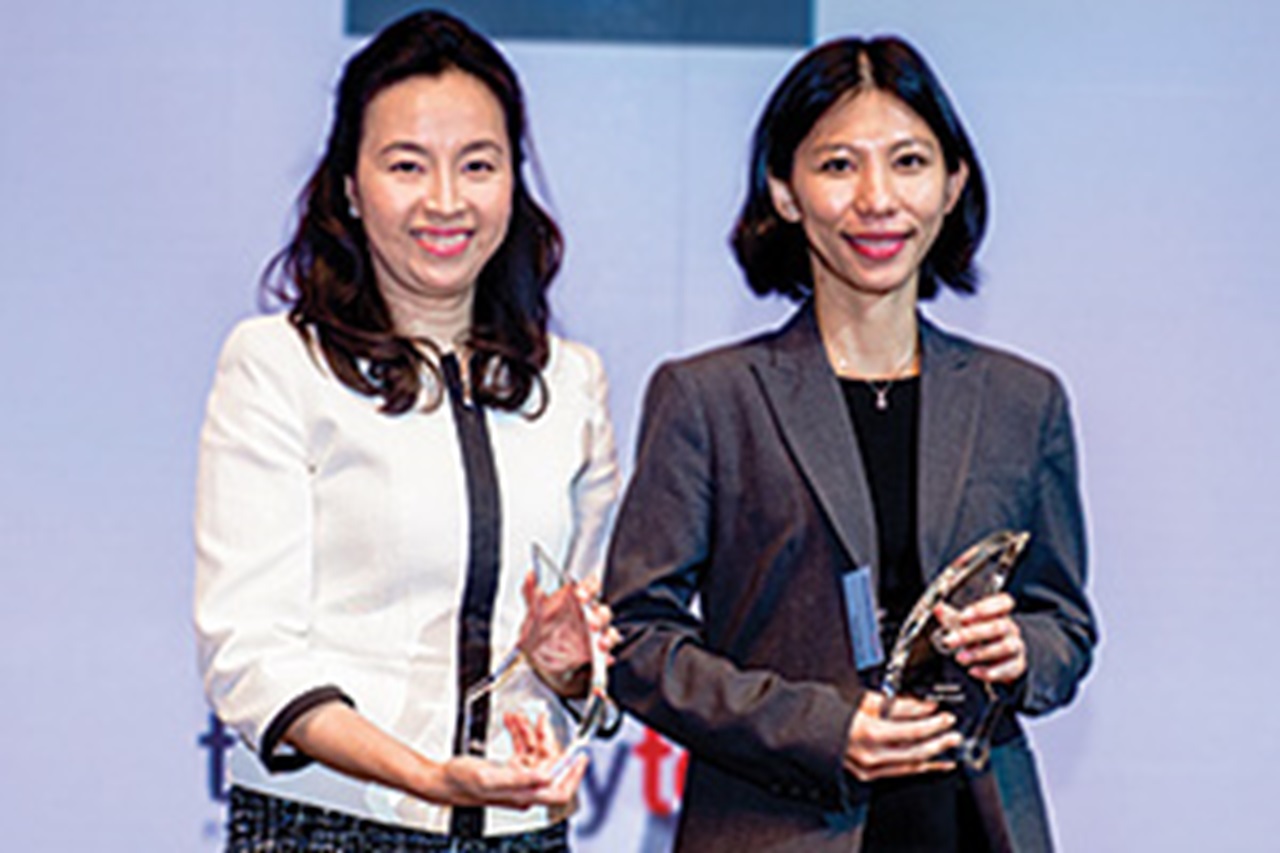
The solution implemented here is about how Intel re-engineered it’s early payment discount programme to make this more attractive to their suppliers. A workshop at Intel’s banking partners’ Innovation Lab in Singapore uncovered a solution which we should be watching.
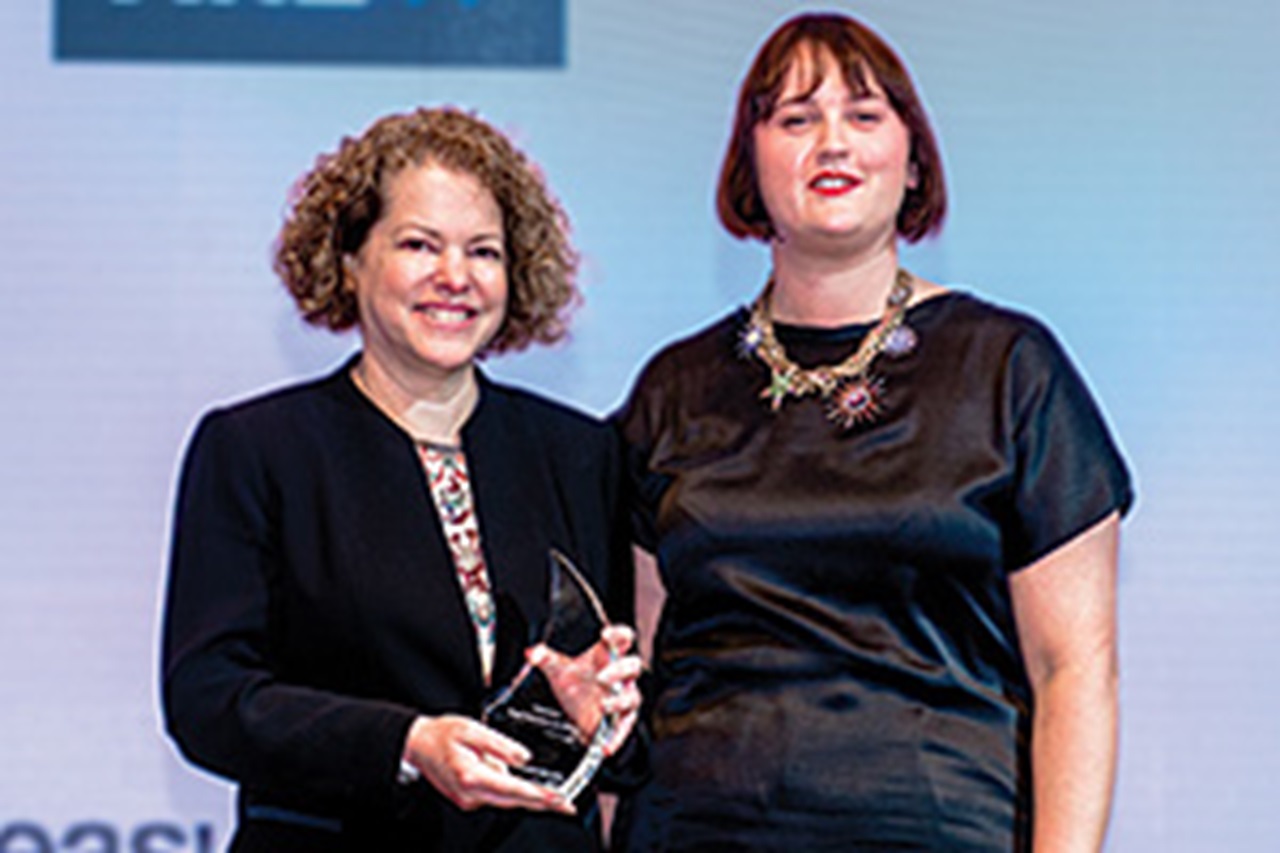
This solution focuses on the challenges of cross-border funds transfer and customs clearance. With the solution they have implemented, Amway China has established the benchmark for a market-leading business model reform for direct sales in China. Products purchased over the e-commerce platform are now received in just T + two days.
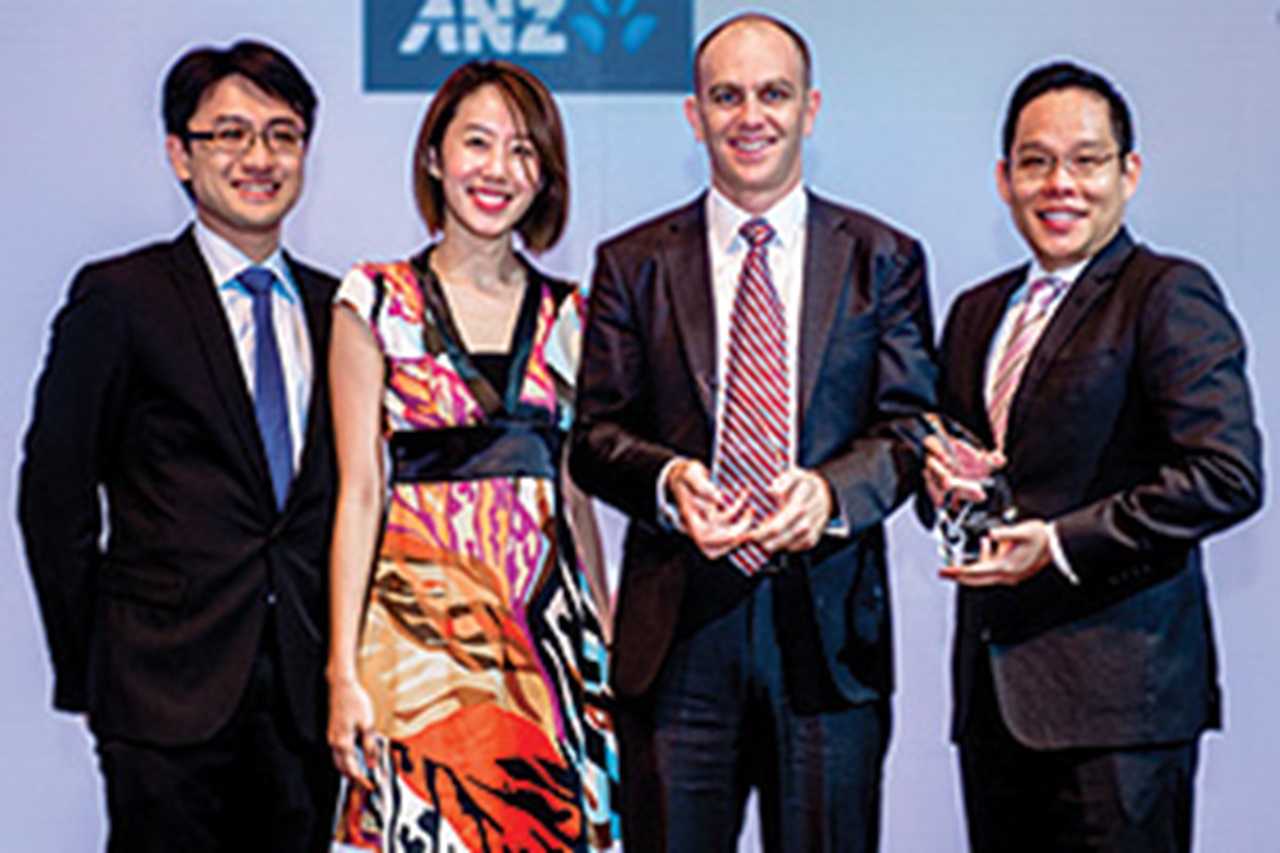
Following its separation from Pfizer and IPO in February 2013, Zoetis undertook an initiative to improve its treasury and cash management systems significantly, including consolidation of its banking partners globally. It worked on this solution with a single partner bank, and, as a participating member of SCORE, leveraged SWIFTNet and ISO 20022 XML version 3 standards now using pain.001/002 and camt.053/054 formats.
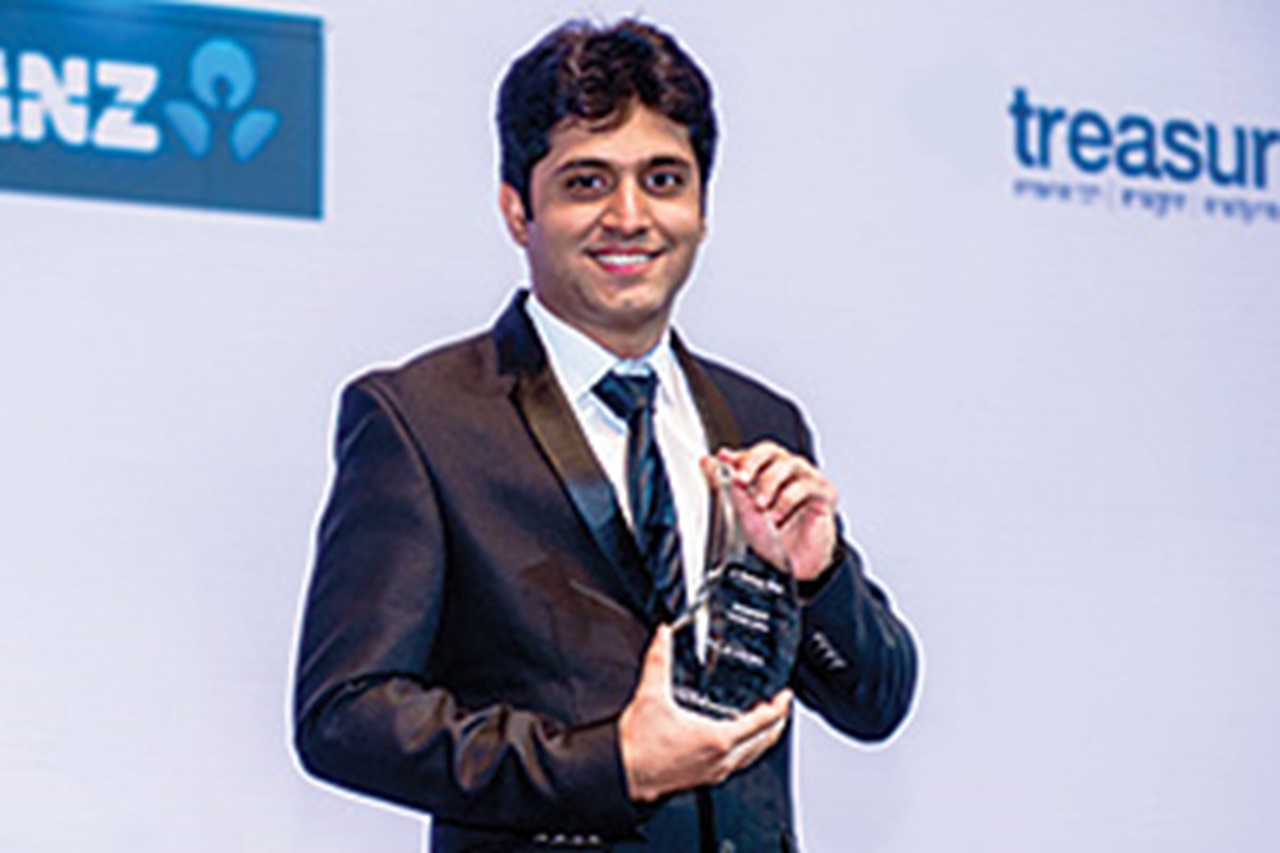
Kashaf Jaffer is a finance professional with almost eight years’ experience in treasury who started his career at Mondelez India Foods Limited as a Finance Trainee. He is well-qualified and his achievements include a Lean Six Sigma Yellow Belt certification. He is currently responsible for managing critical areas like FX hedging, cash management, bank administration and international remittances besides transformation of processes. Kashaf lists his skills as people management, communication, accountability, negotiation, collaboration and is always keen to learn. A well deserved winner of the 2016 award.
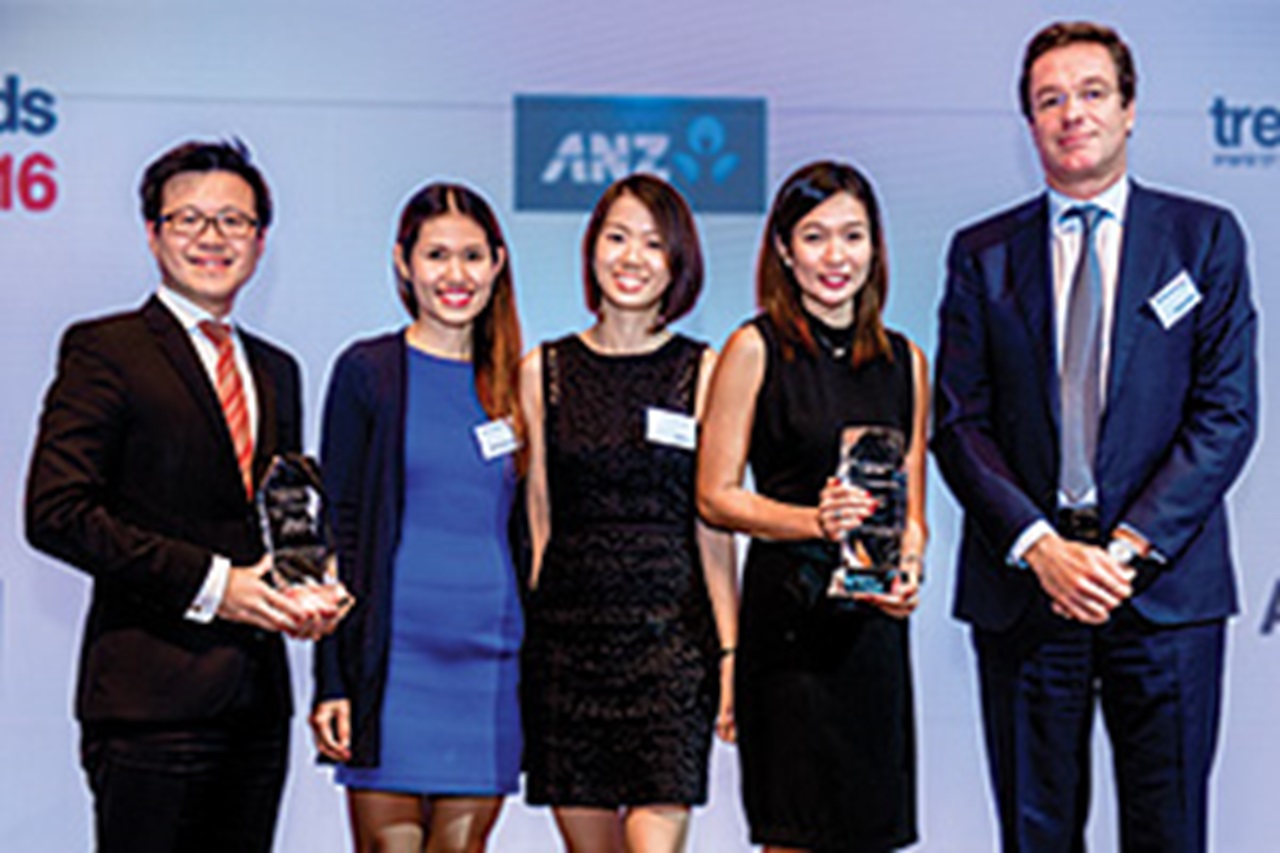
Establishment of a supply chain finance programme with over 200 suppliers on-boarded, keeping pace with regulatory change, best practice and innovation evidenced and collaboration as a strategic imperative demonstrate why the treasury team at Procter & Gamble were awarded highly commended in this years’ Top Treasury Team category.
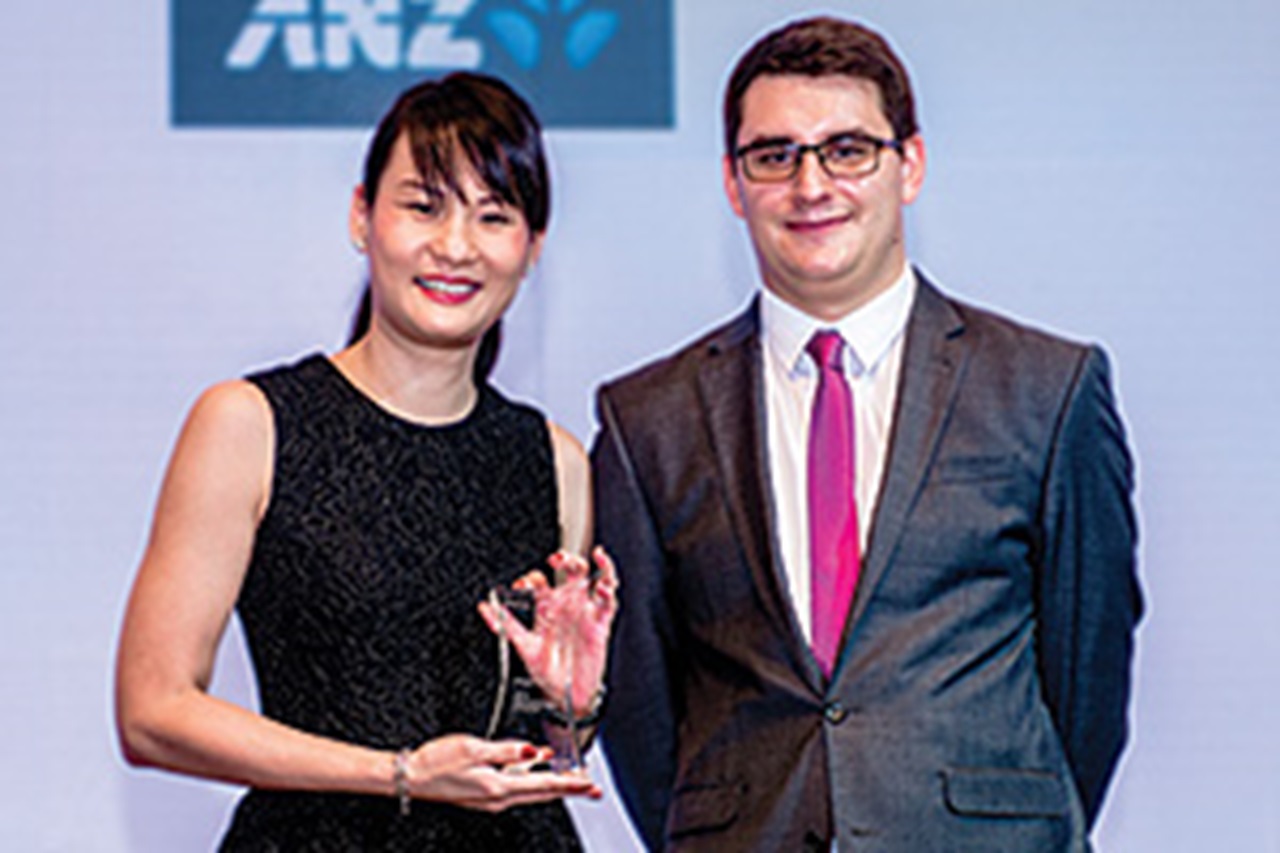
Angeline has been with Hewlett Packard since 1998 and now represents the next generation of leaders that are shaping the future. She has been instrumental in the recent separation project at HP and demonstrates her leadership by empowering her team to manage complex situations and bridge gaps with stakeholders. She is a most worthy highly commended winner.
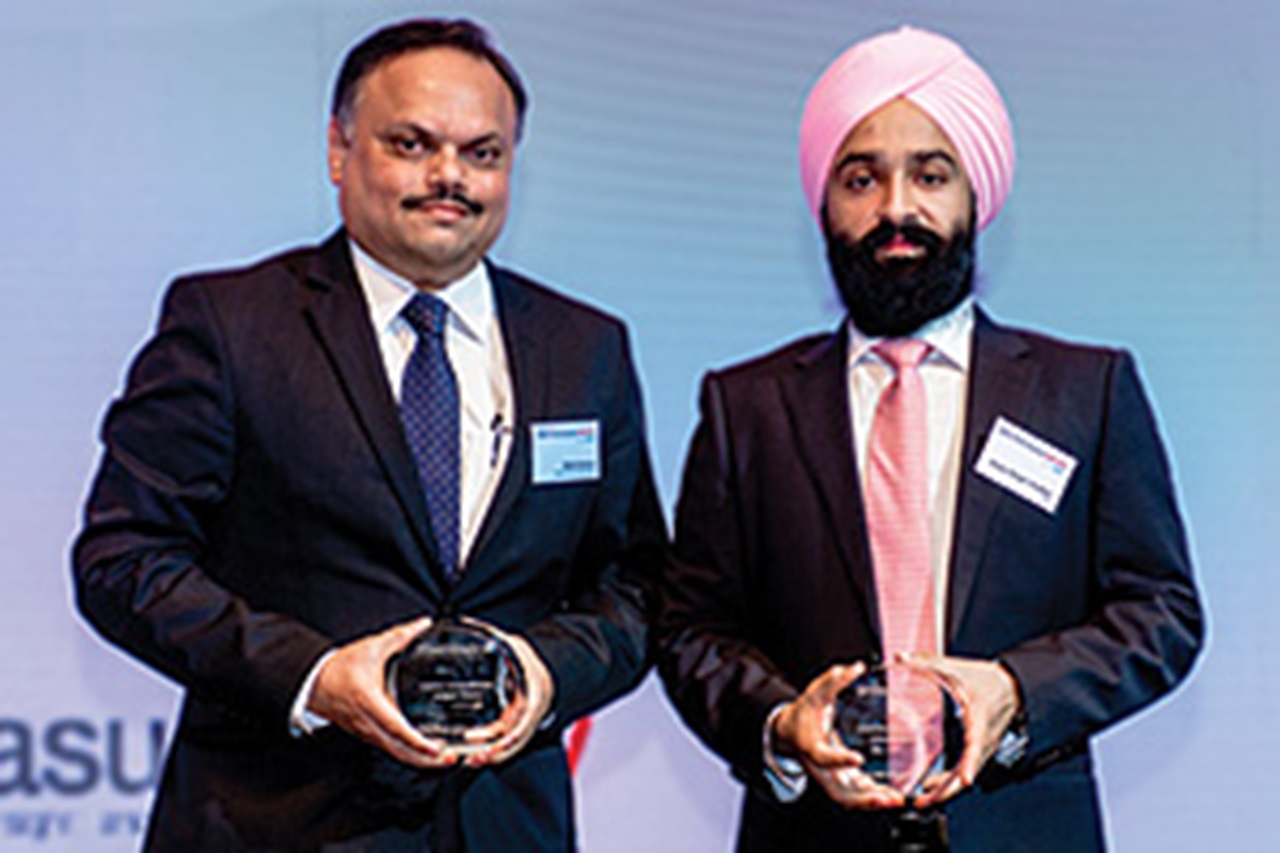
This submission relates to Mahindra Group’s debut rating and emphasises the importance of planning, preparation and presentation. It also reinforces the cross-functional team aspect of the process with participation from the business, strategy and accountancy teams. The ratings obtained from Standard & Poor’s and Moody’s are testament to the approach they took.
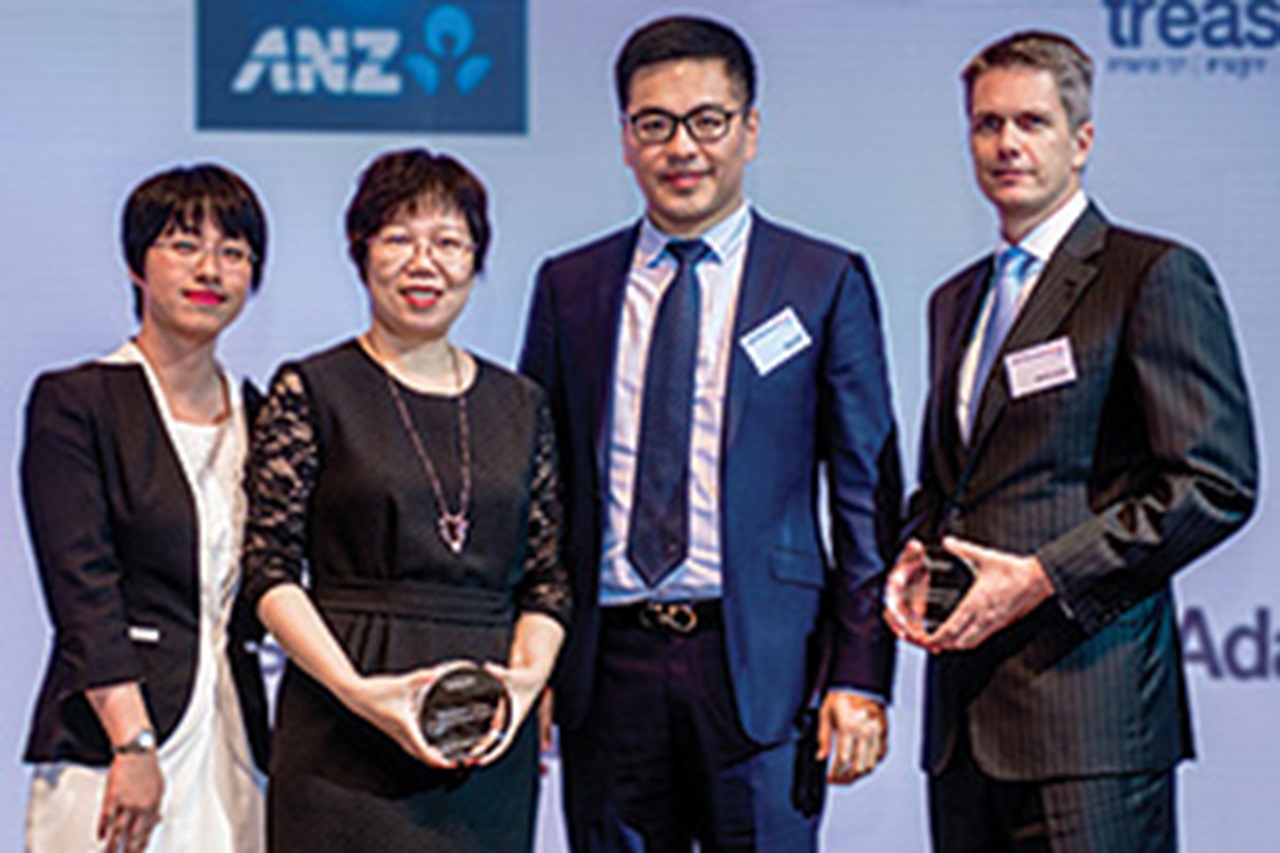
A pay and receive on-behalf-of (POBO/ROBO) model is at the heart of this cash management solution which operates alongside a cash pooling structure which aggregates cash in six currencies – USD, EUR, JPY, RMB, SGD and NZD.
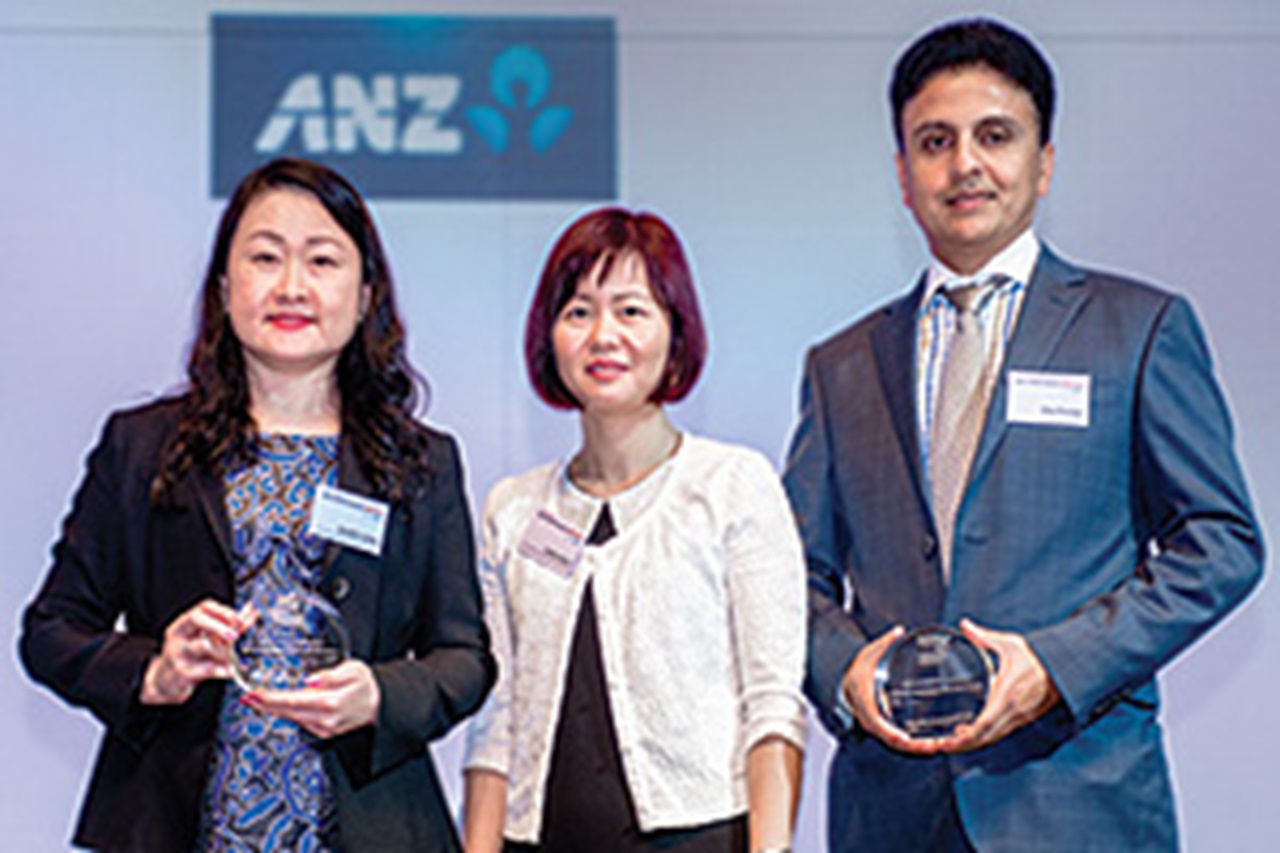
This US-headquartered company hadn’t reviewed their transaction banking provider for more than ten years. They were looking to optimise functionality, service and visibility across three important geographies – Australia, New Zealand and Papua New Guinea.
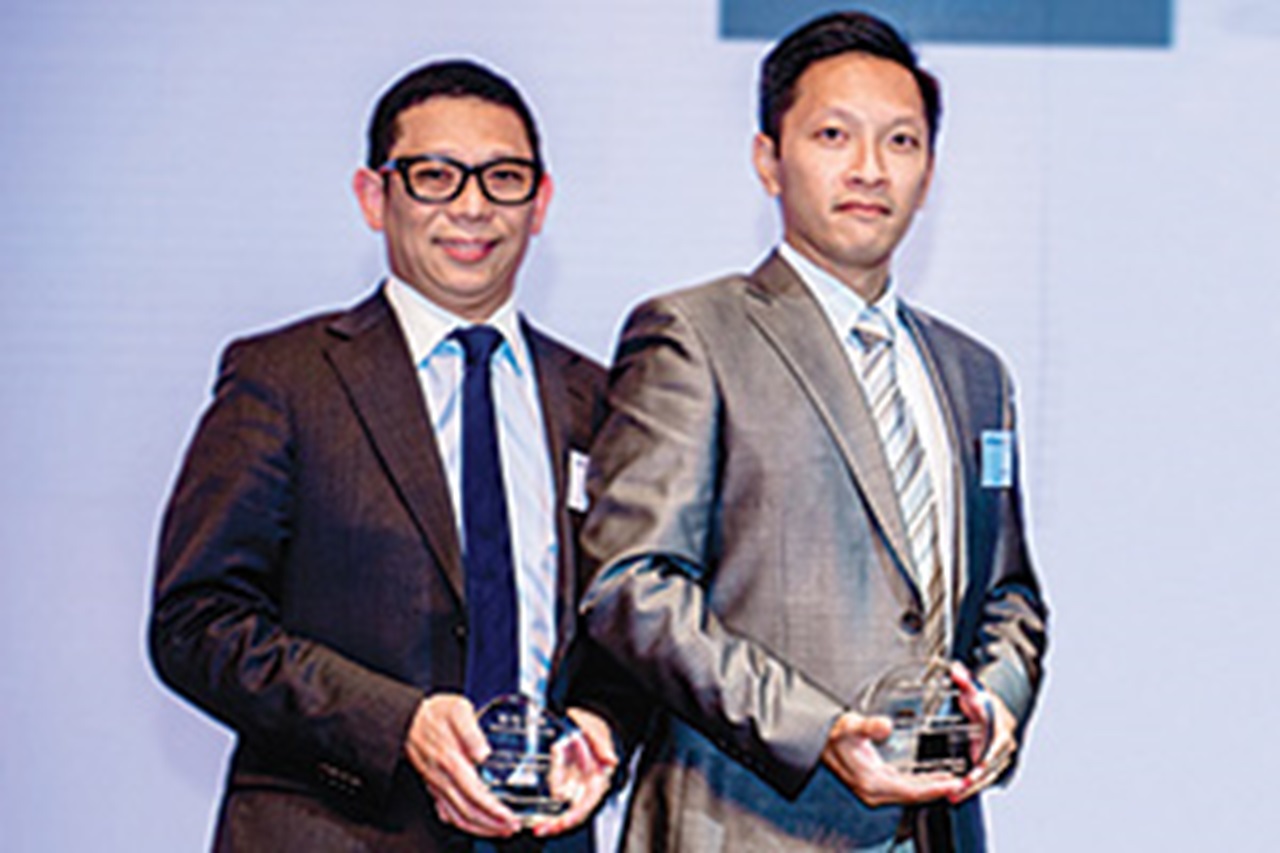
This solution addresses rental and management fee receipts via cheque payments across over 200 properties. This is an innovative use of a virtual account (VA) structure which is becoming more and more popular today. This particular solution uses the payee identification rather than payer, facilitating a much improved collection and reconciliation process.
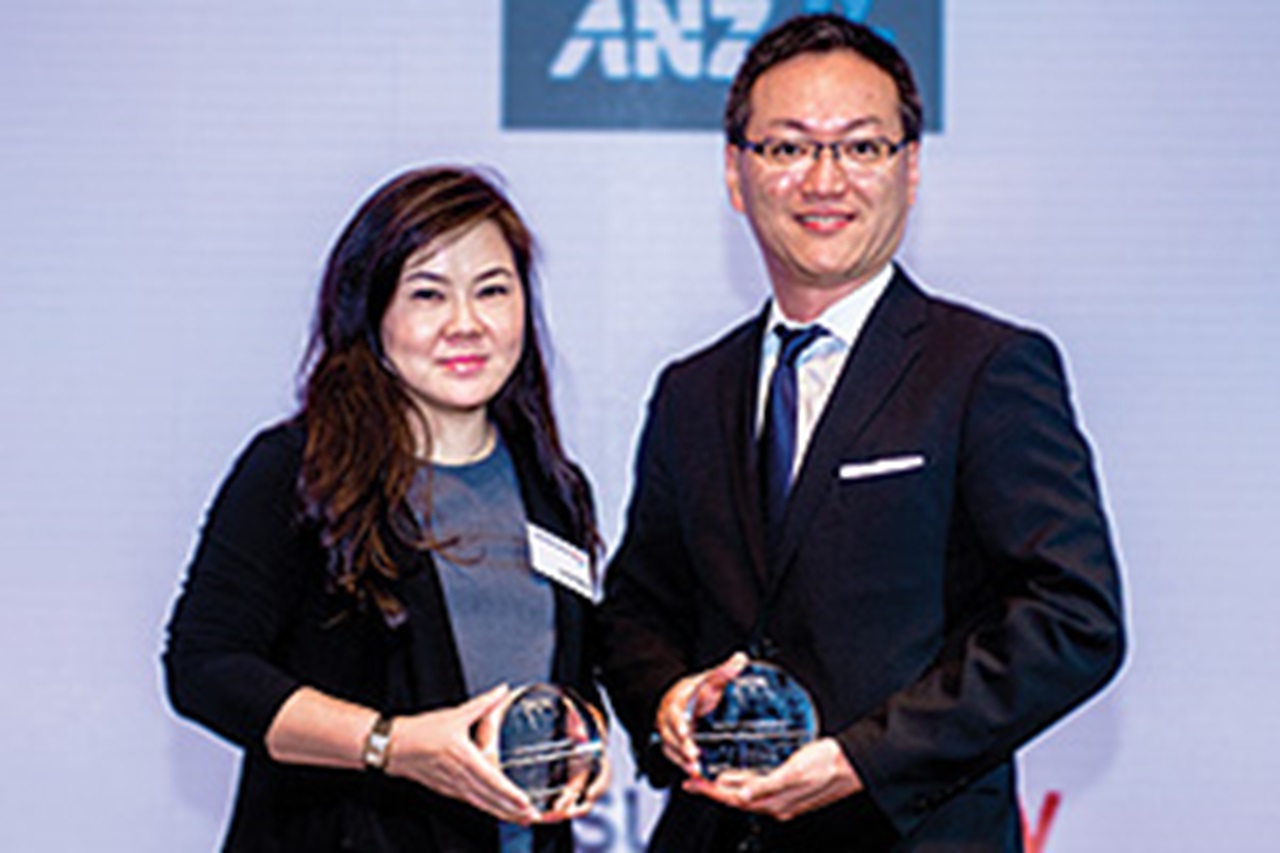
The solution profiled here is referred to as a multi-tier net group structure which pools funds from Hong Kong and Singapore and centralises them at the end of each day. The solution benefits from best in class cut-off times and intelligent bank documentation which has drastically reduced the account opening process.
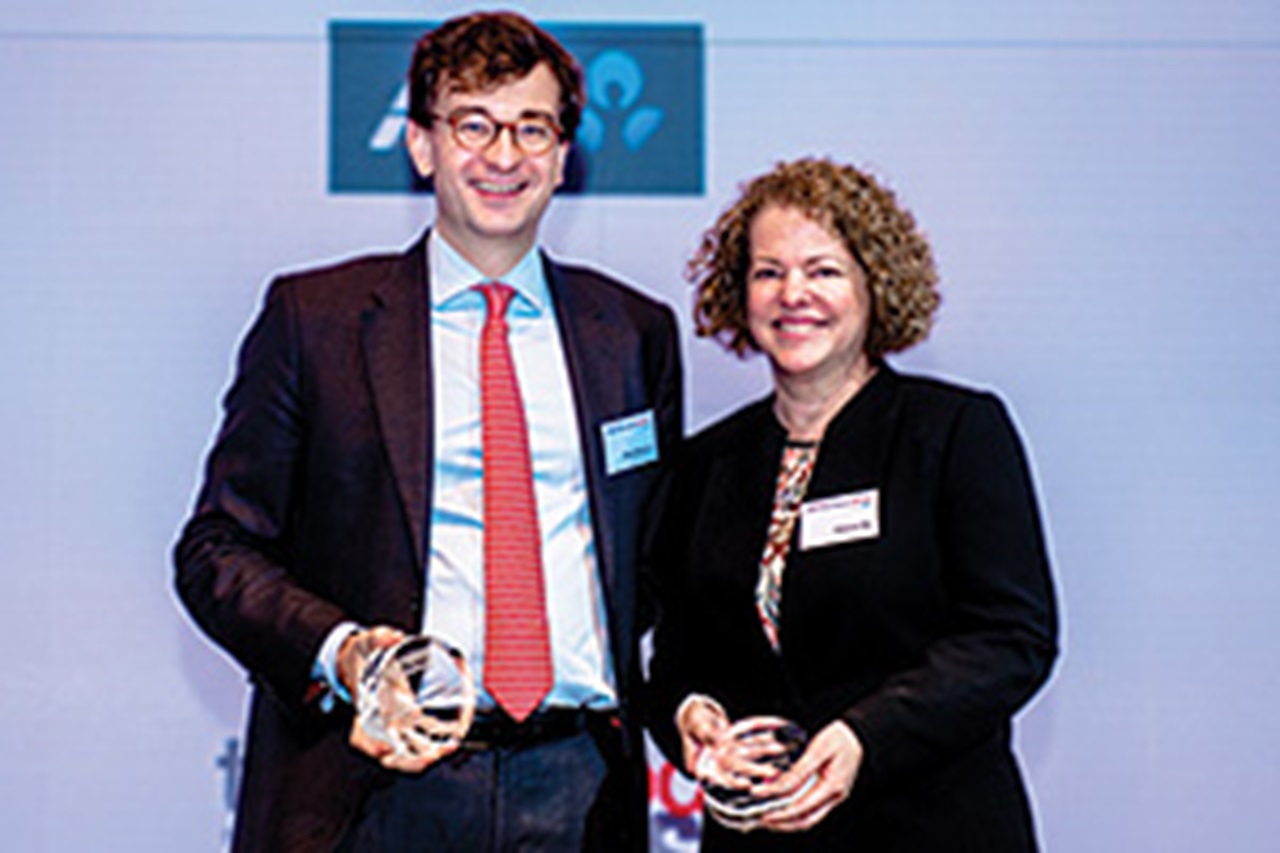
This is a classic multi-currency notional pooling (MCNP) structure which incorporates seven currencies located in Singapore; this location being chosen for its proximity to the regional treasury centre (RTC) providing time-zone benefits and a favourable tax treaty jurisdiction.
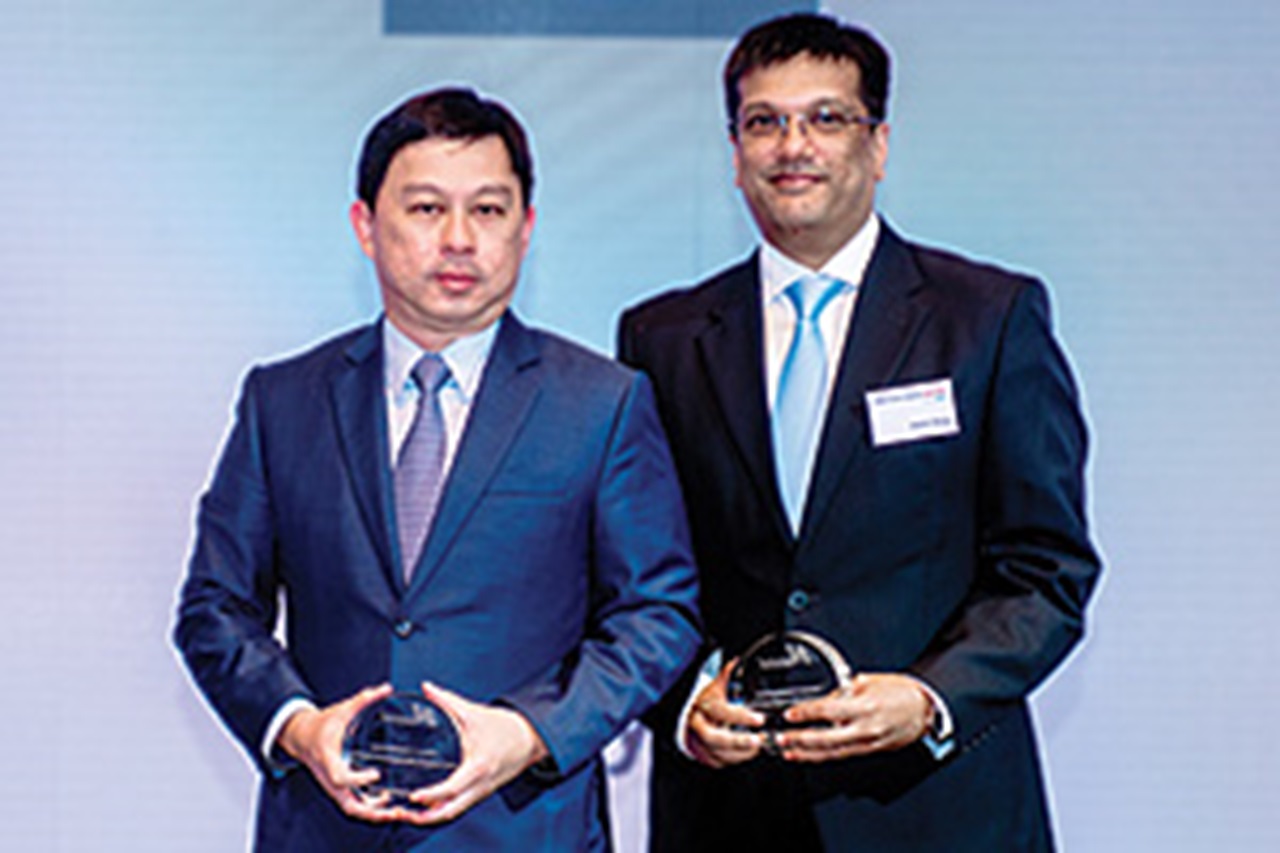
With domestic cash concentration structures in Singapore, Australia, China and India, the consolidated balance in Singapore is pooled through a multi-bank sweep arrangement to the company’s European treasury account maintained with a European bank, while retaining a target balance in Singapore to support local operating needs. Flexible cut-off times and SWIFT SCORE are key components of the solution.
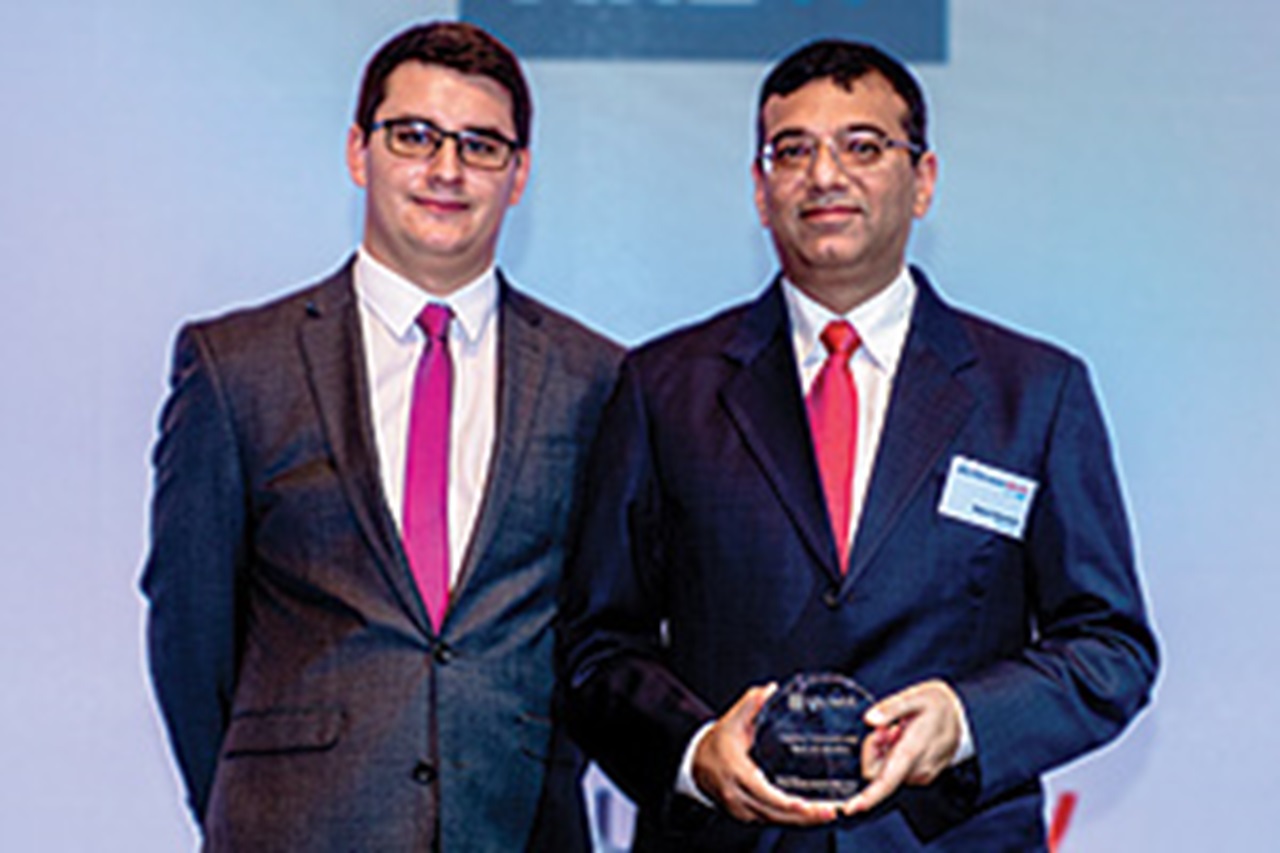
This solution addresses two of Microsoft’s major transformation projects – namely a move from selling software licences primarily to large enterprises to an increasing focus on SMEs and consumers and geographic expansion into emerging markets such as India. This case study profiles an unsecured financing solution in India.
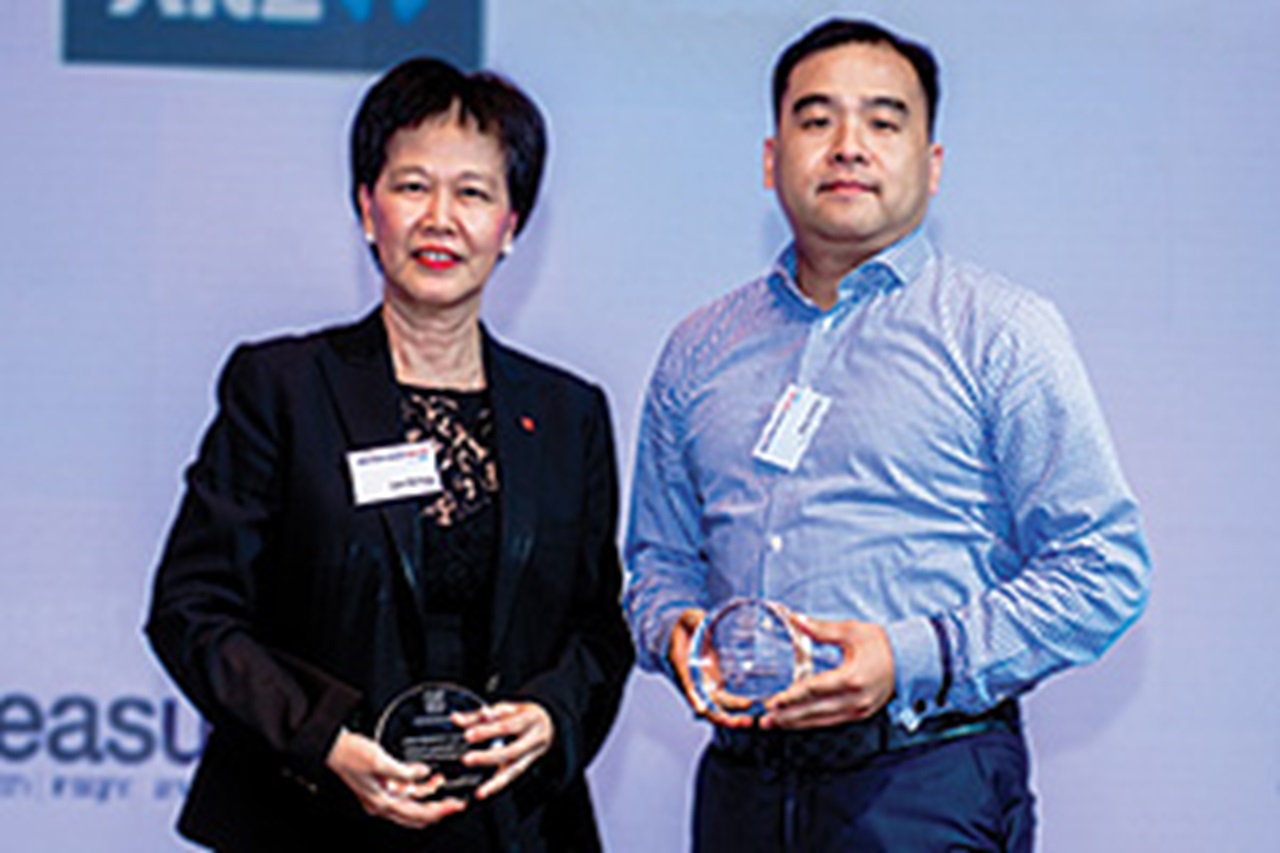
Holding inventory can be expensive, as this metal and energy trading company will testify. This e-warrant finance solution has enabled the company to increase its tenor from 90 days for account payables financing to 180 days.
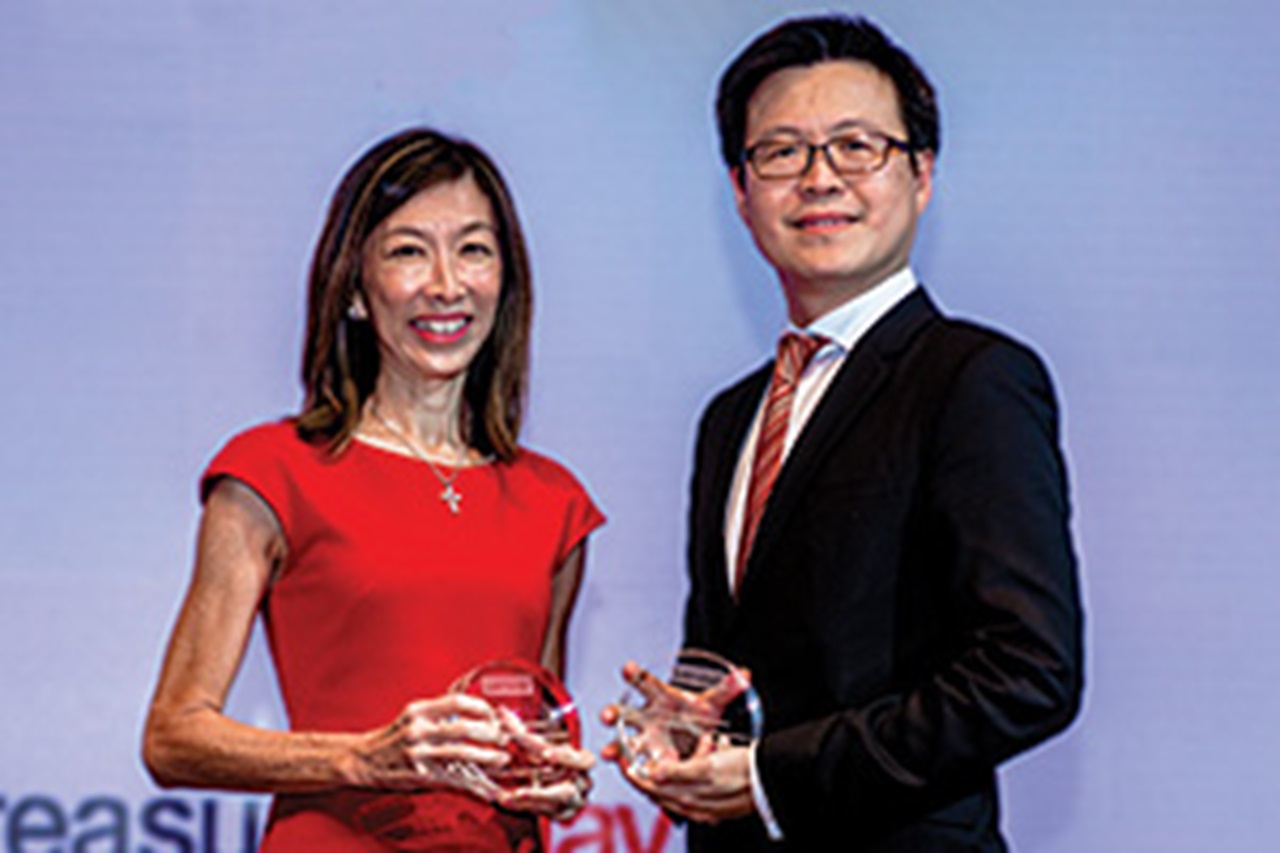
This case study demonstrates the value of effective relationship management by geography, stakeholders both internal and external and finance and banking following the acquisition by Lenovo of Motorola Mobility at the end of 2014.
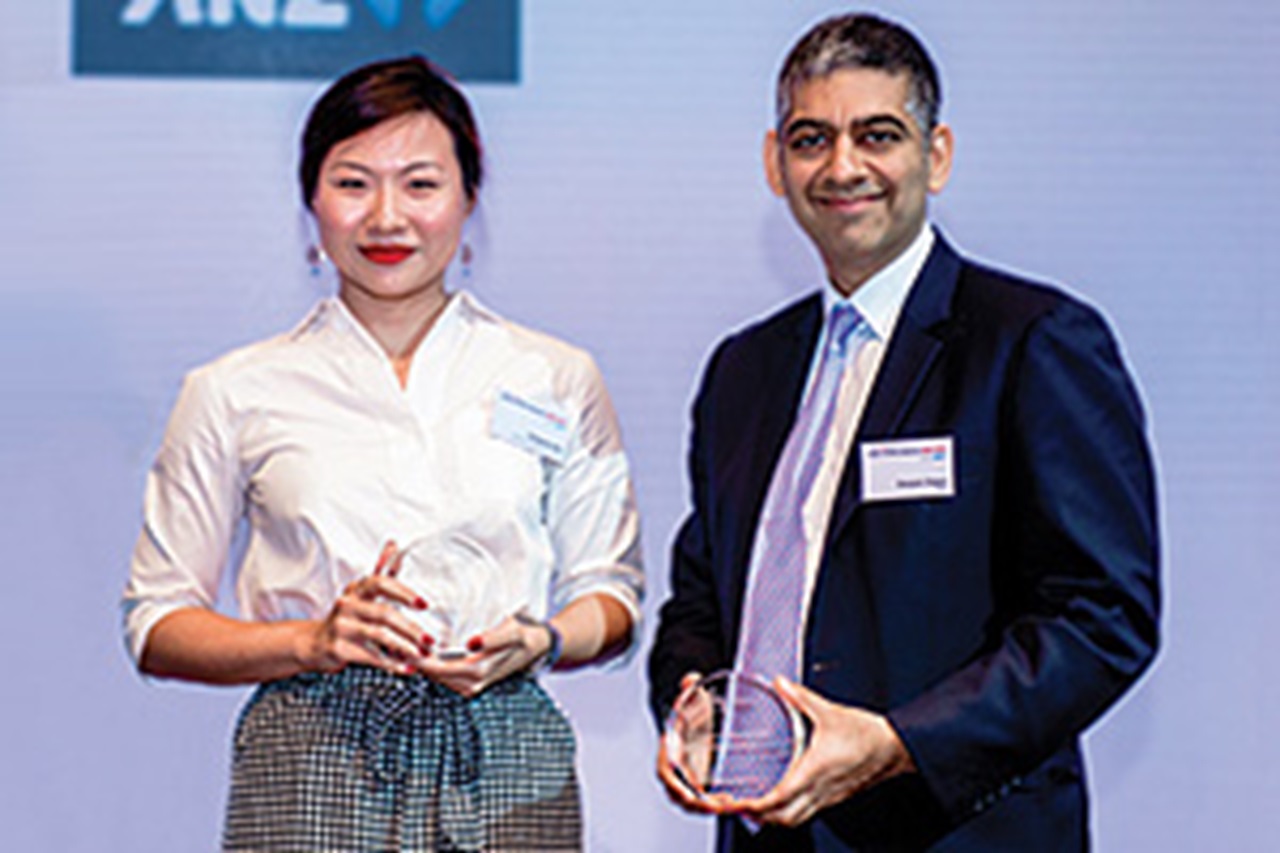
Geographic coverage was the key factor in this solution which required the partner bank to be able to satisfy this company’s needs in the Indo-China region comprising Vietnam, Cambodia, Laos, Myanmar and Thailand.
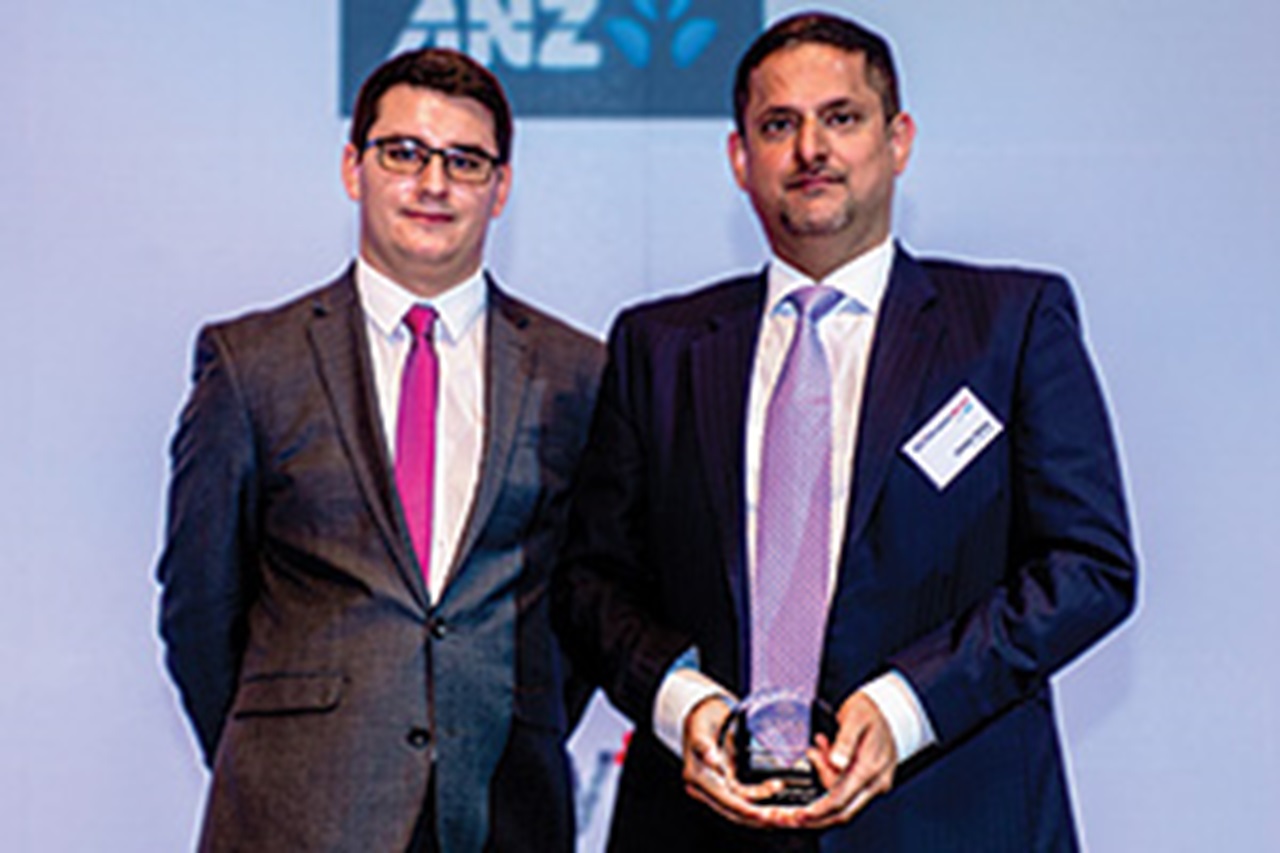
This company’s bank worked with them to modify its internal process flows to standardise invoicing, accounts payables and system changes to accommodate this supply chain finance programme. The resulting improvements to the company’s DPO and DSO metrics have justified the project.
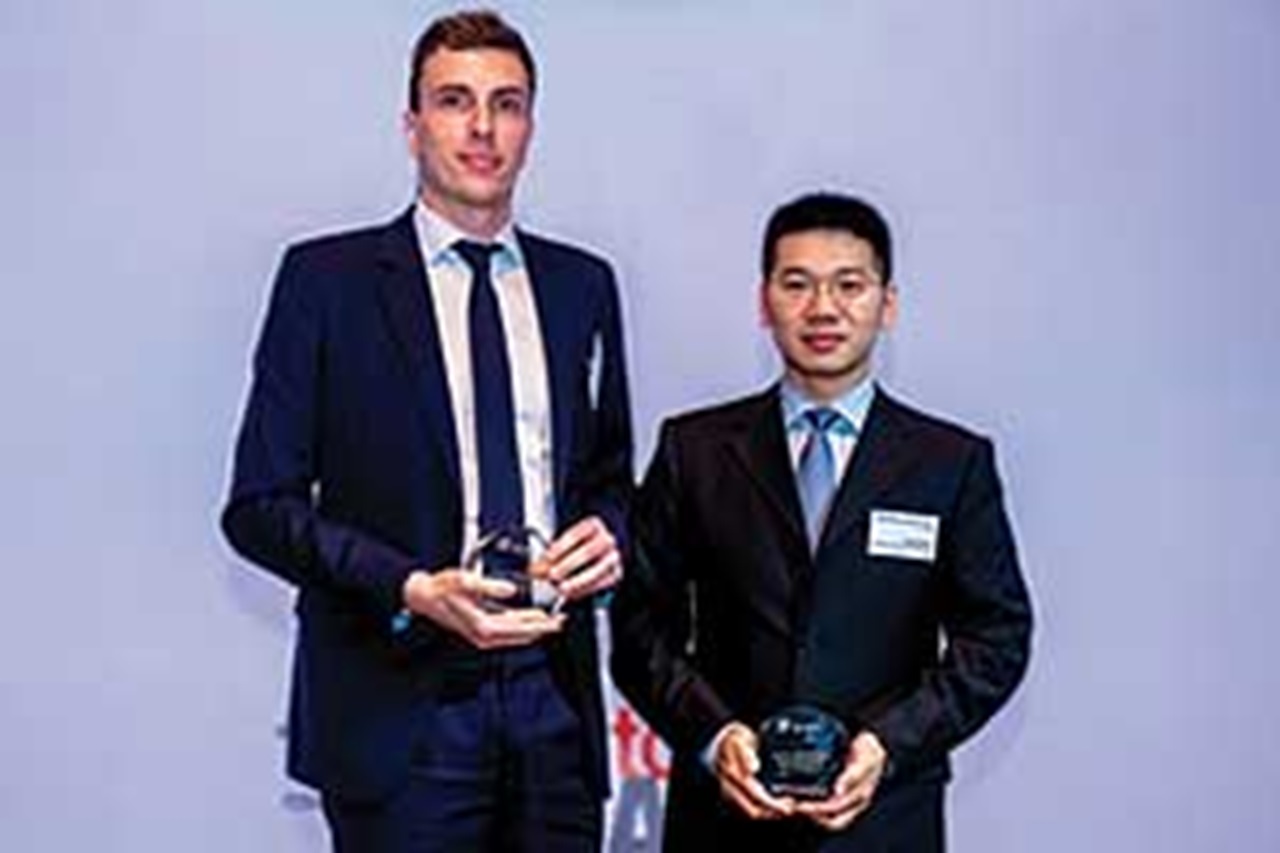
This interesting case study involves a trade finance solution which incorporates China and Italy. The case study highlights the specific challenges caused by the different jurisdictions, complex requirements, documentation and processes, and is an ideal example of client centricity.
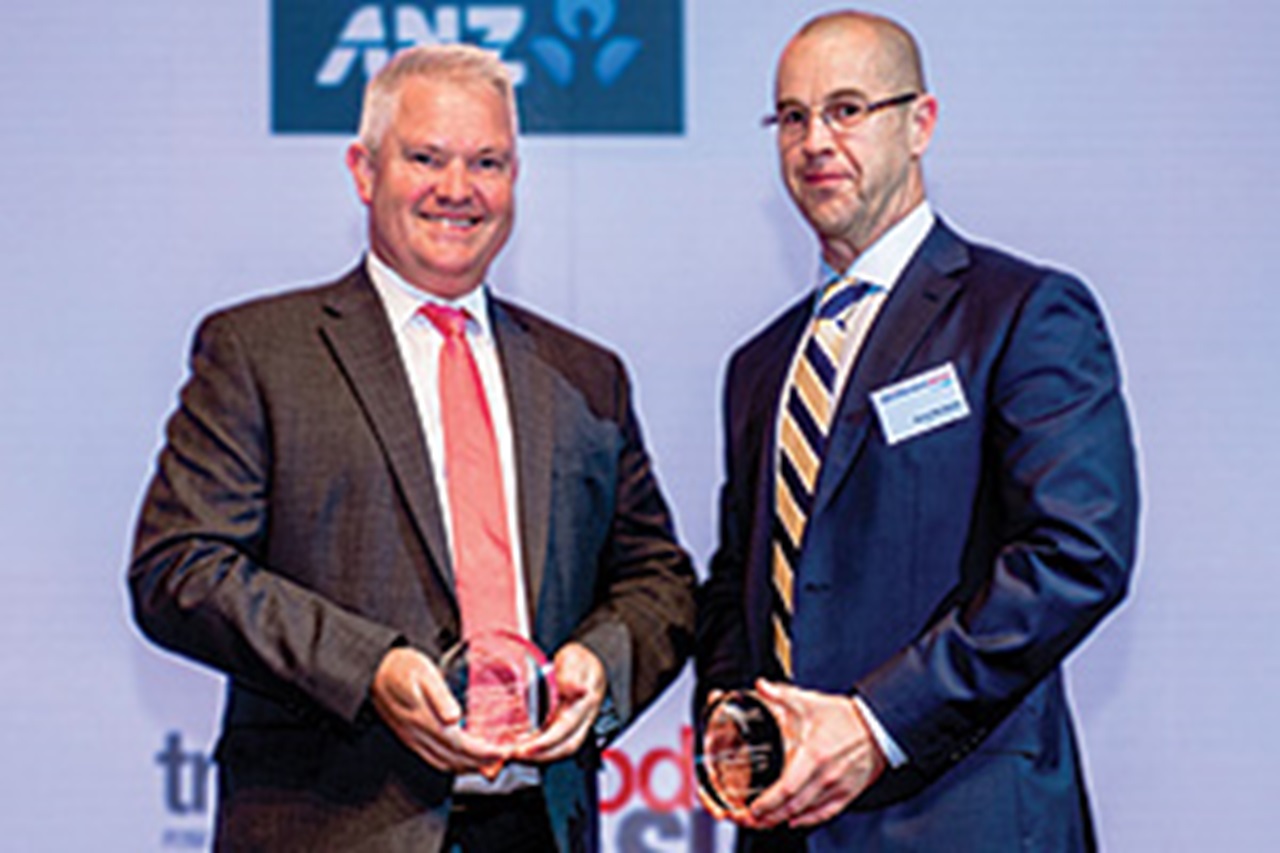
The solution showcased in this case study is a receivables financing facility implemented initially across ten of the CIMIC Group’s strategic debtors with the opportunity to add mutually acceptable debtors over time. The solution highlights the requirement to recognise the knowledge of the industry in which this company operates.
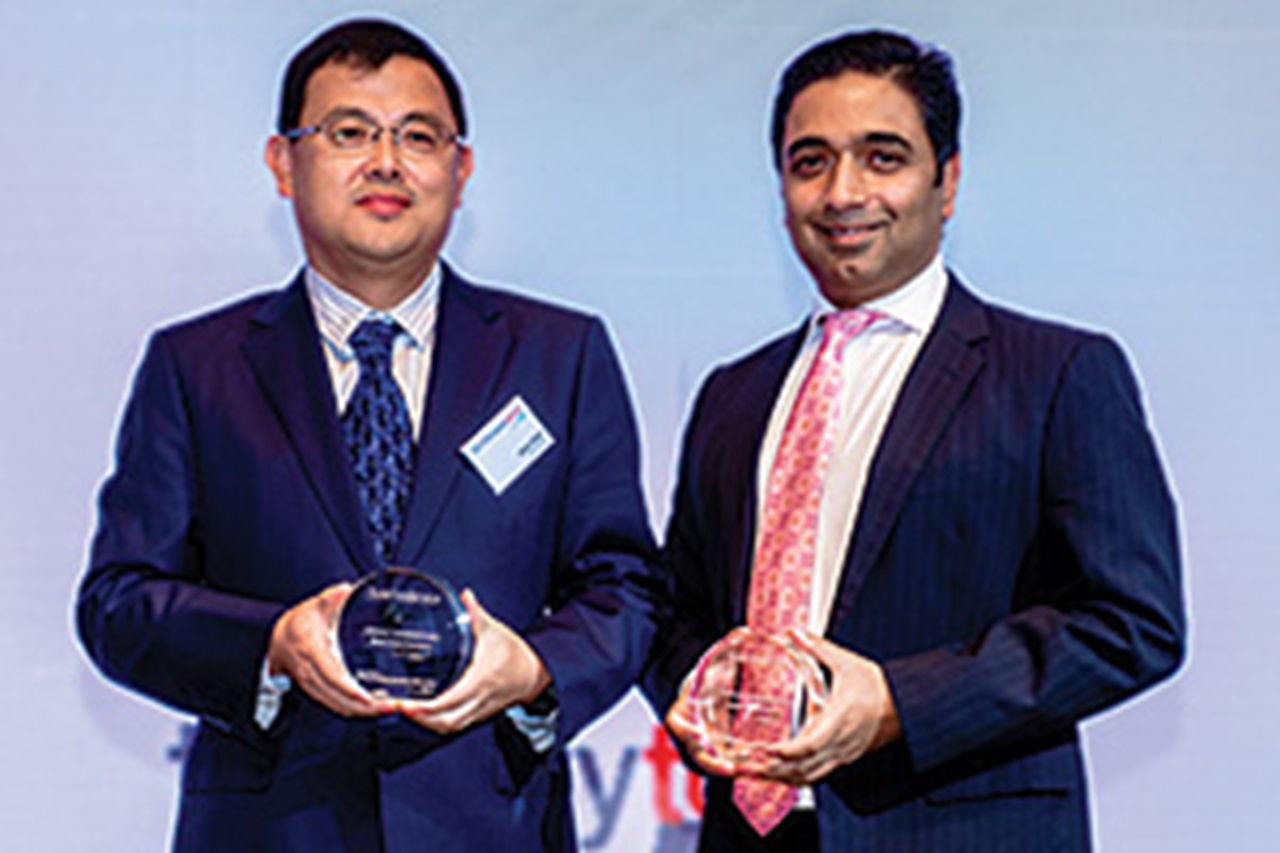
Through a sole agreement and a single bank account, Samsonite China has implemented an integrated collection service nationwide. The solution extends beyond physical cards to support popular third-party payment mechanisms like Alipay and Tenpay.
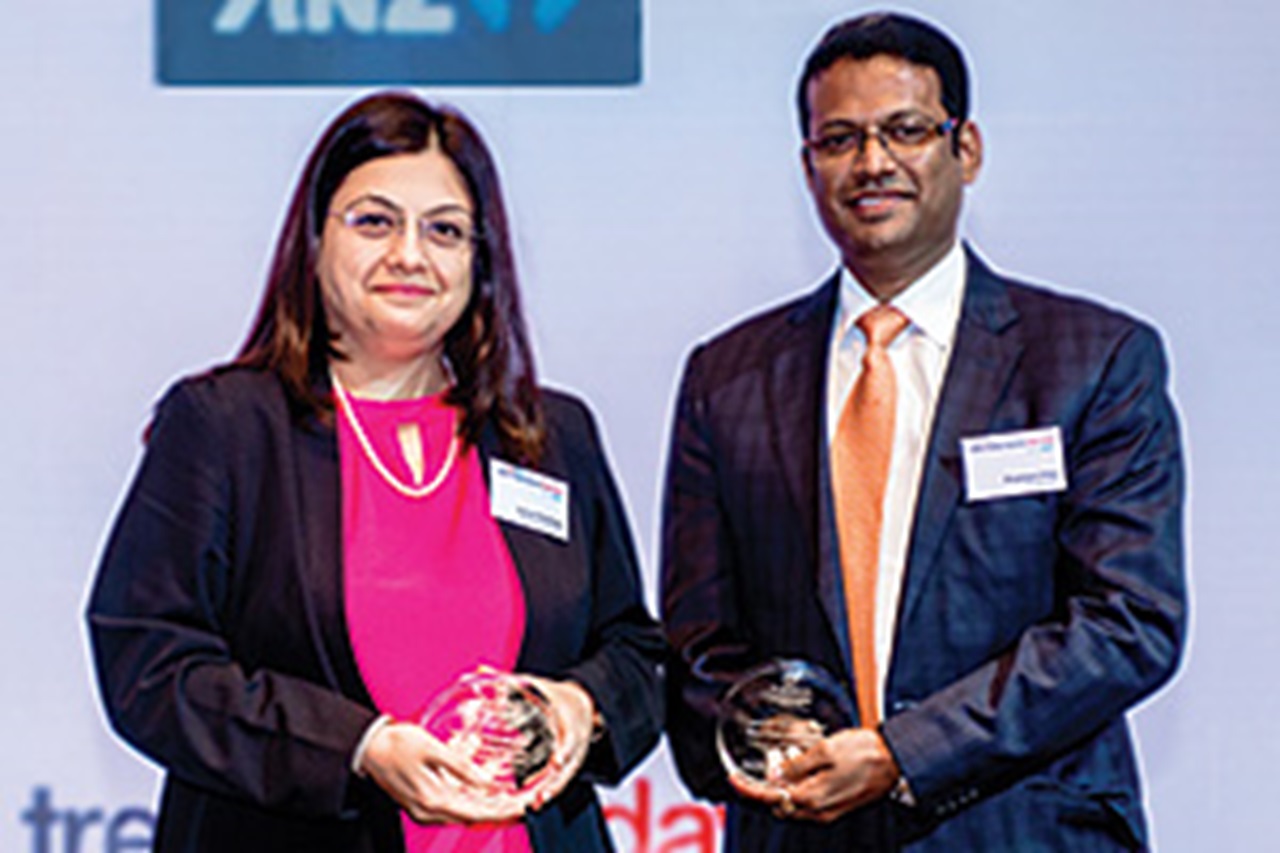
This organisation is the first Indian company to issue a US Export-Import Bank guaranteed note. Timing was key here and the low interest rate environment in the US, coupled with a strong demand for high quality assets in the capital markets, provided Reliance with a window of opportunity.
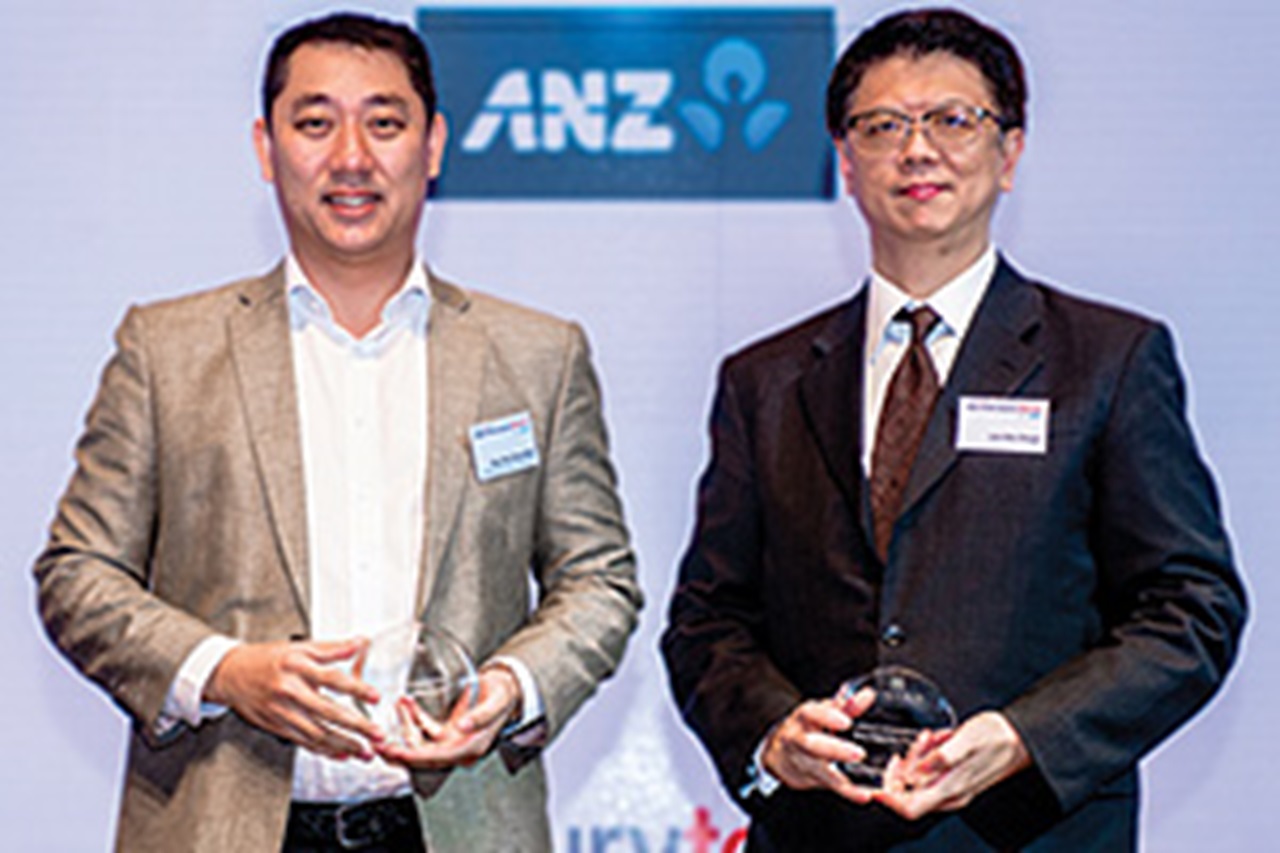
This real estate investment trust (REIT) has excelled in showcasing its healthy debt structure and continues to be assured through a Baa3 rating on the MTN Programme it has signed. The financing programme now results in Soilbuild being 100% hedged for an average term of 2.3 years with a healthy weighted average debt maturity of 3.4 years.
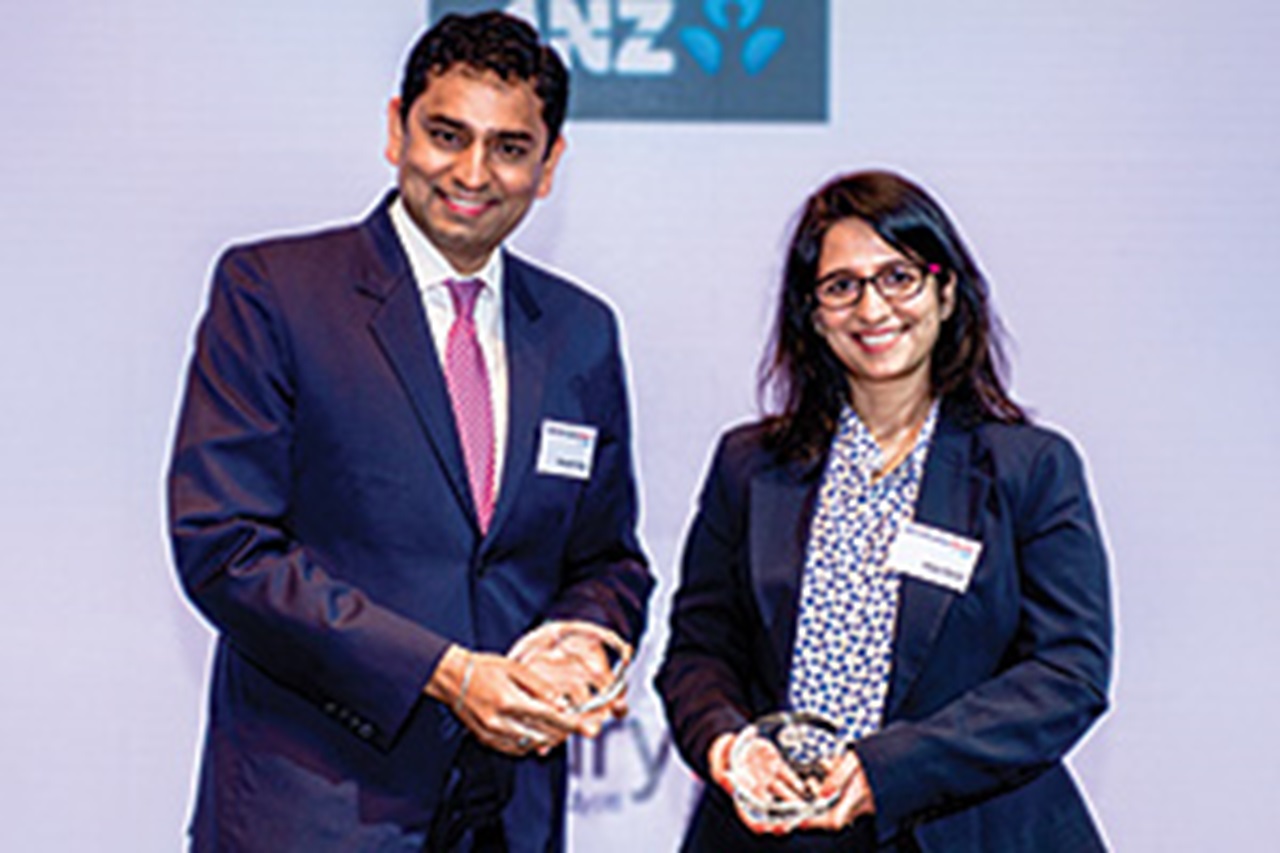
GE was looking for a partner bank across nine regulated Asian markets in which they operate. They now have a low-touch cost model which has addressed the growing threats of cyber-attack and has also addressed their vital treasury aim of managing foreign currency payments with an automated solution.
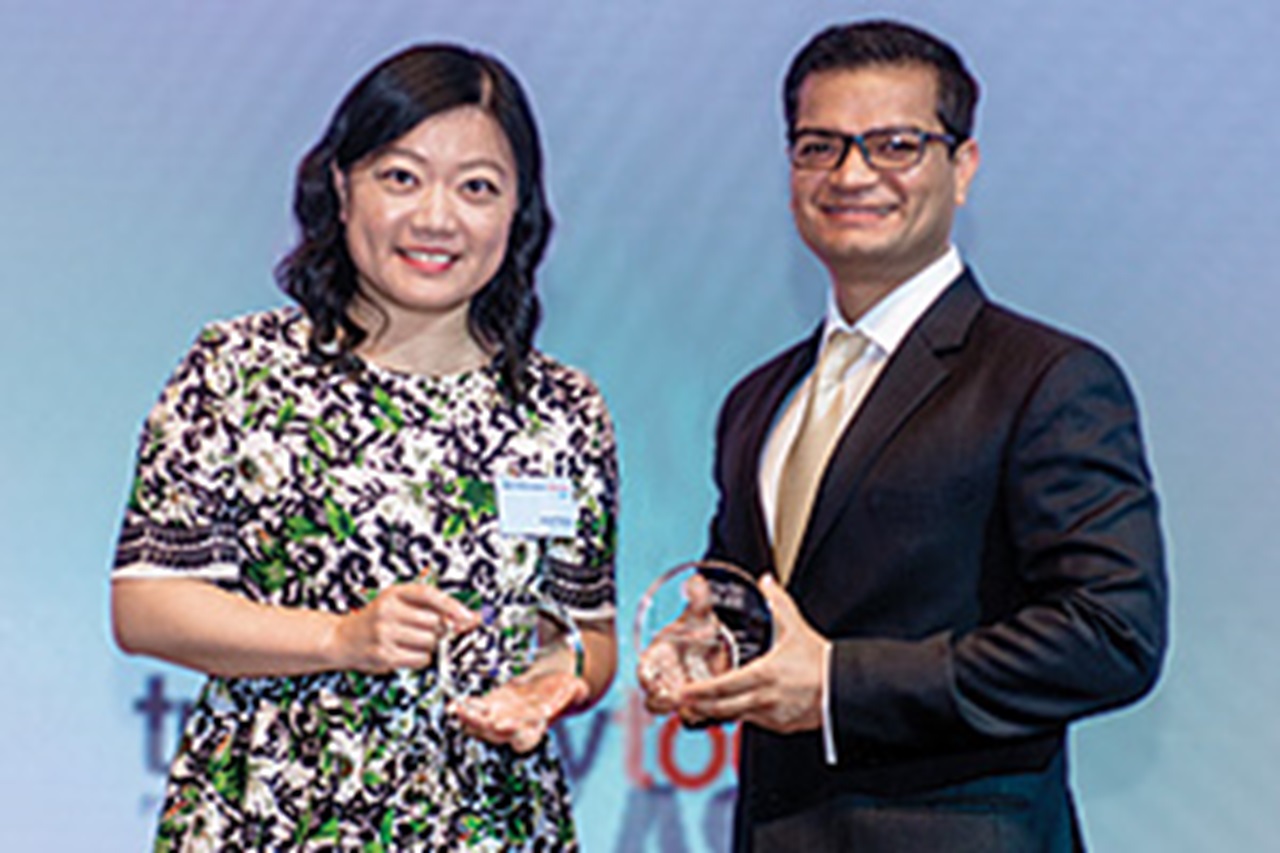
Although the majority of this company’s receipts for travel bookings are paid for in RMB, there is also a high volume of foreign currency payments, rebates and refunds made to overseas buyers and partners such as hotels and airlines. This centralised solution leverages the company’s international settlement hub in Hong Kong.
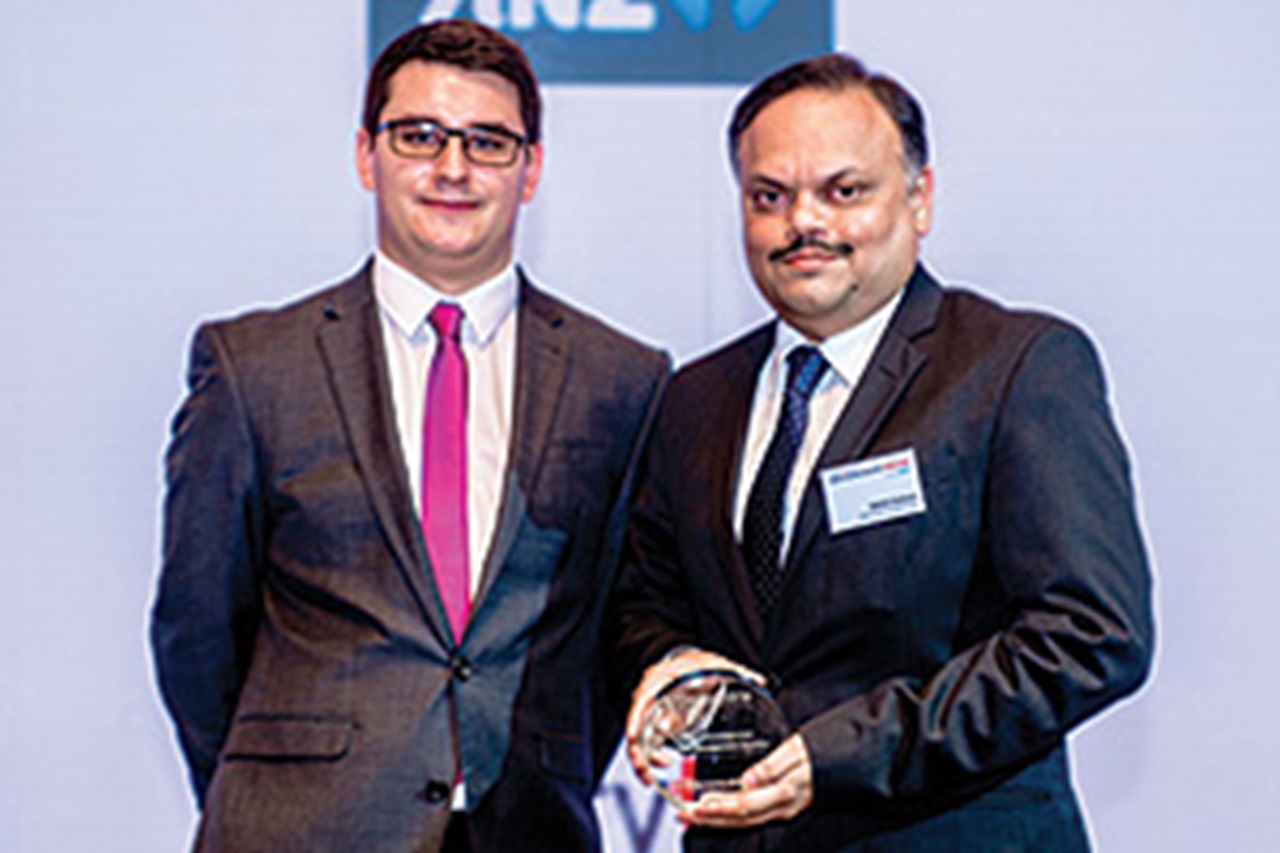
This solution was developed in-house at Mahindra & Mahindra to enable them to better manage their banking relationships which span 22 domestic and foreign banks with 250+ bank accounts. Since there were no ‘off-the-shelf’ solutions available, M&M decided to build their own.

This case study shows how Marico addressed the issue of critical data being maintained in Excel files. They have combined a foreign remittance portal and a third-party risk manager tool to automate their foreign exchange management with some impressive benefits.
OSRAM Opto Semiconductors is a subsidiary of OSRAM and is the world’s second largest manufacturer of optoelectronic semiconductors. Its growing operations in Malaysia required the support of a fully automated cash management solution that integrated seamlessly into the company’s existing SAP system. Together with its partner, Deutsche Bank, this was implemented in a highly efficient manner.
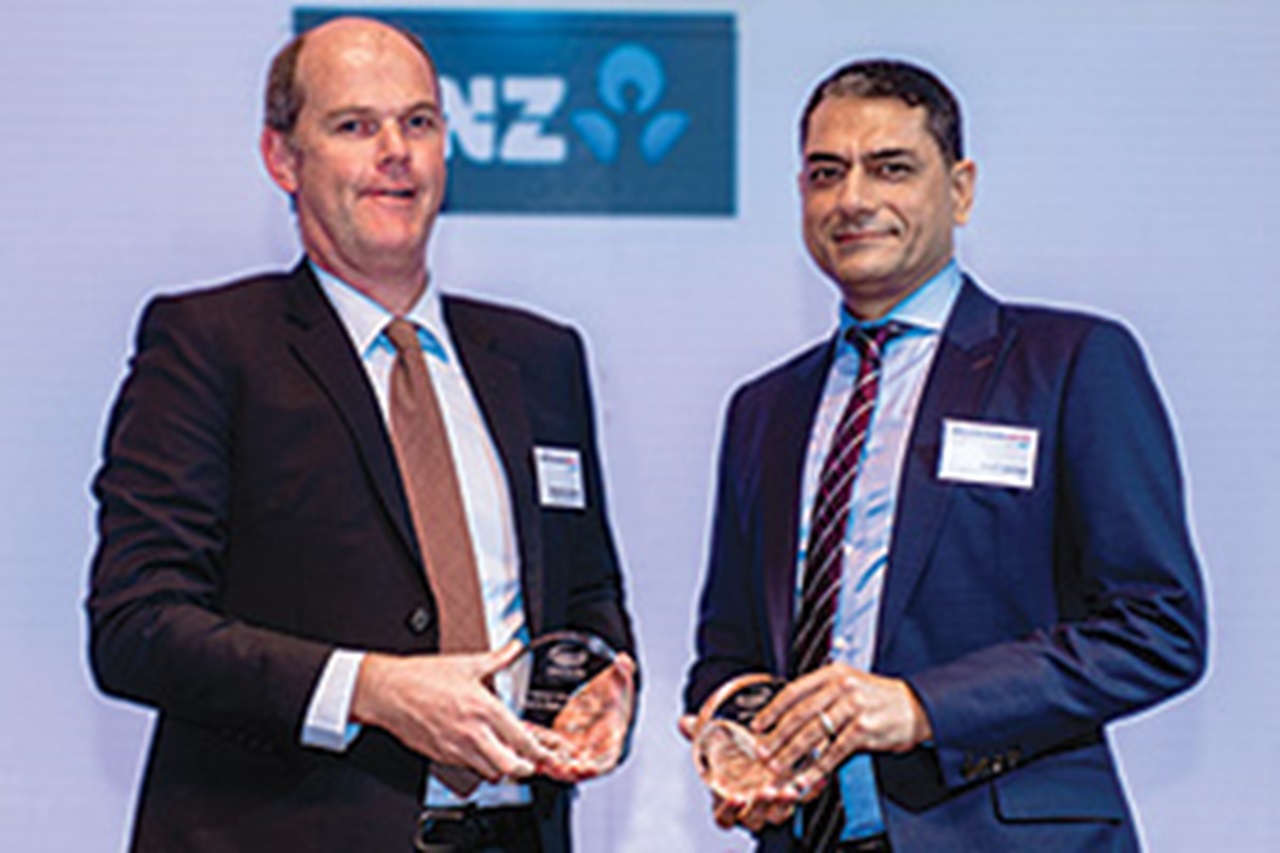
This company has identified six key areas from treasury policy and governance, liquidity management, working capital and risk to subsidiary funding and repatriation, to systems and technology to come under the benchmarking lens. They undertook a comprehensive diagnostics exercise with their banking partner.
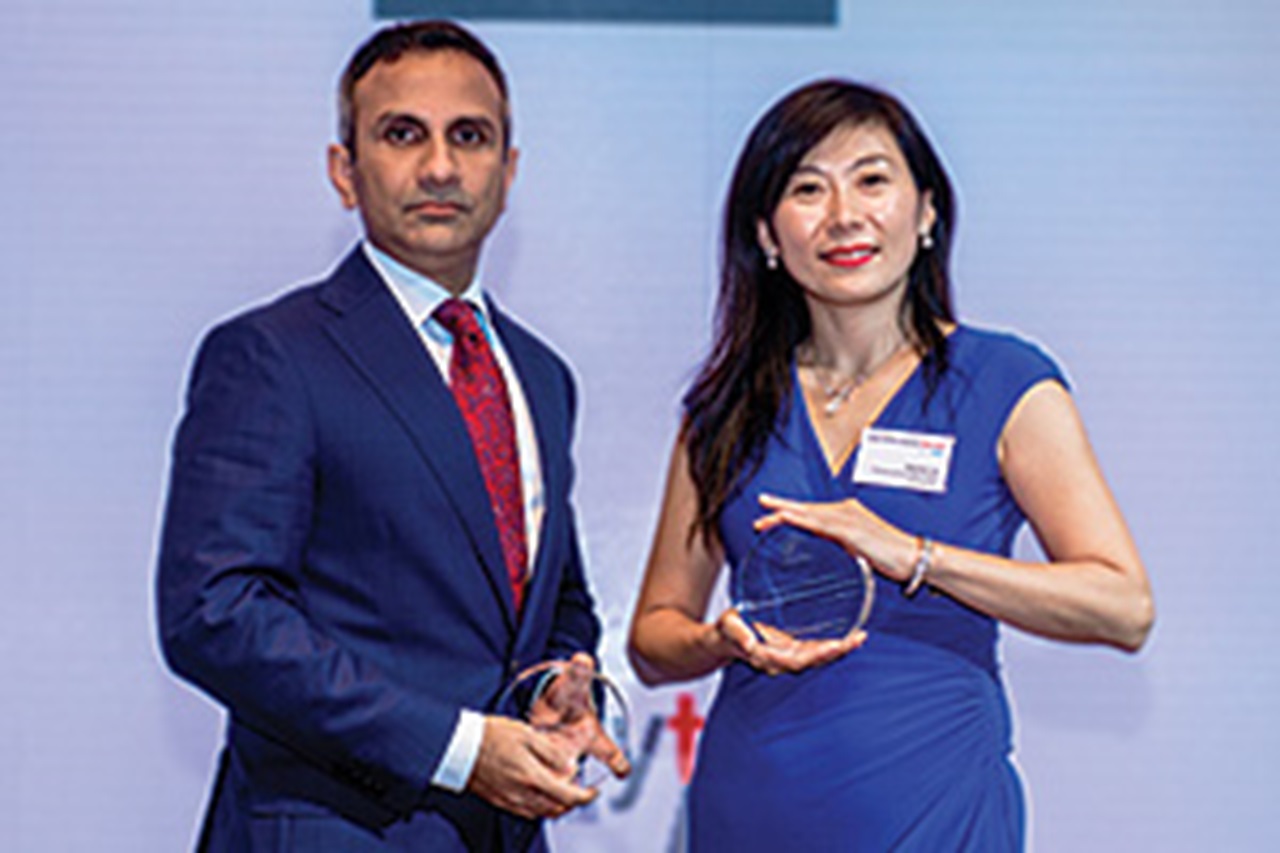
This solution harnesses the expertise and technology of the company’s banking partner to deliver a scalable and robust platform to accept SWIFT standard file formats. The project was established alongside a major ERP implementation.
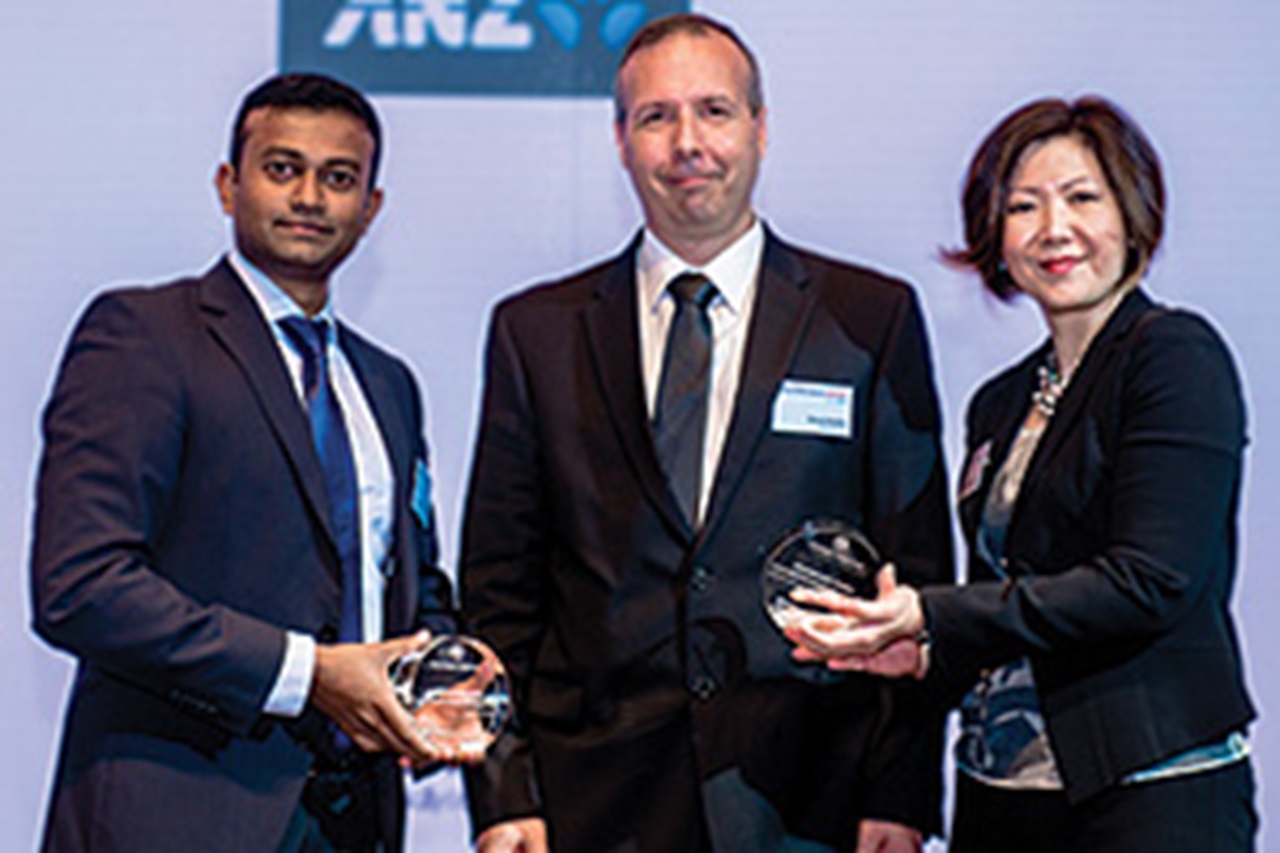
Bacardi wanted to establish an optimal global liquidity structure for the Asia Pacific region to fully connect into the company’s global in-house bank (IHB). At the same time, they wanted to automate their payments and reconciliation processes with connectivity to their ERP and TMS.
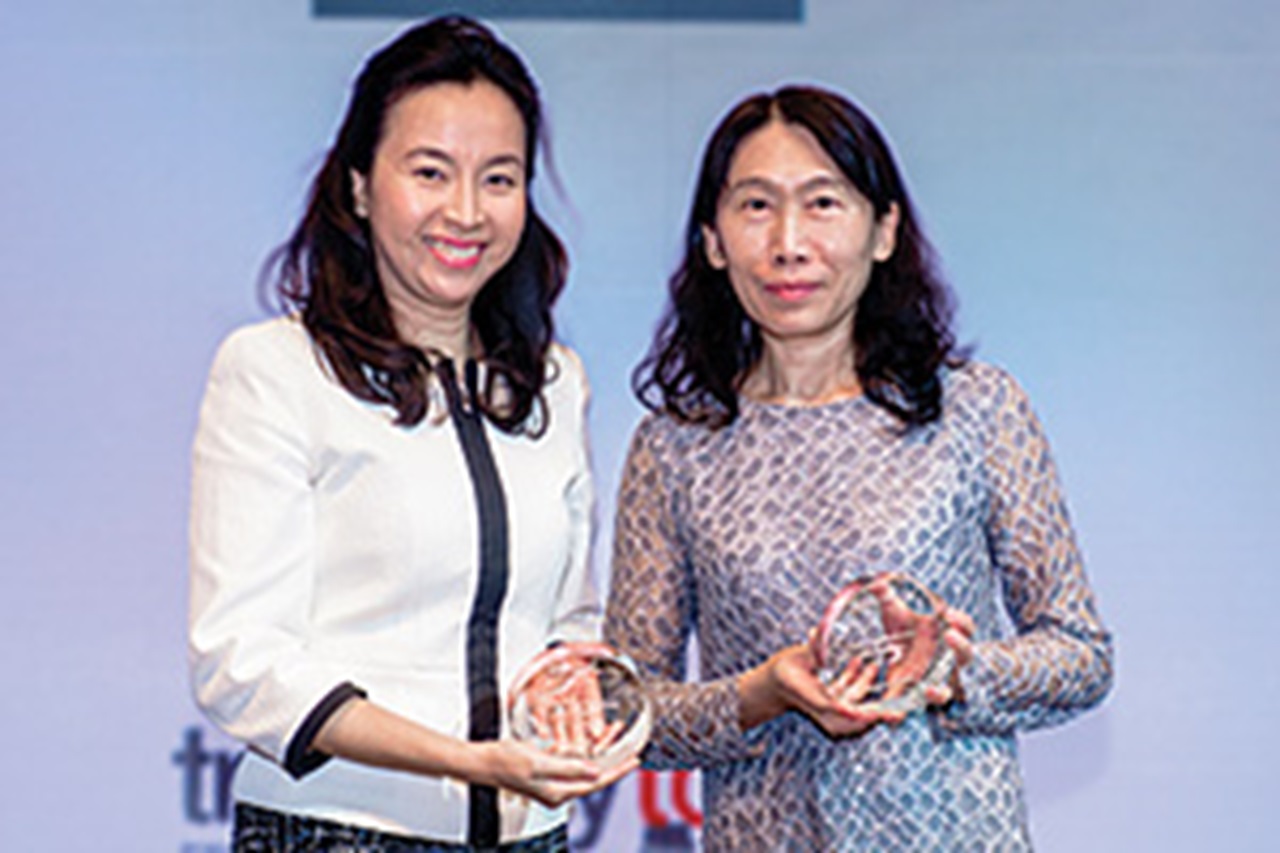
His solution called the Envision Project set out with the aim of setting the standard of best practice in the insurance industry around the globe. Nan Shan worked with its banking partner to deliver a host-to-host cash payment/settlement project following a multi-million dollar SAO system integration which is due to go live in early 2017.
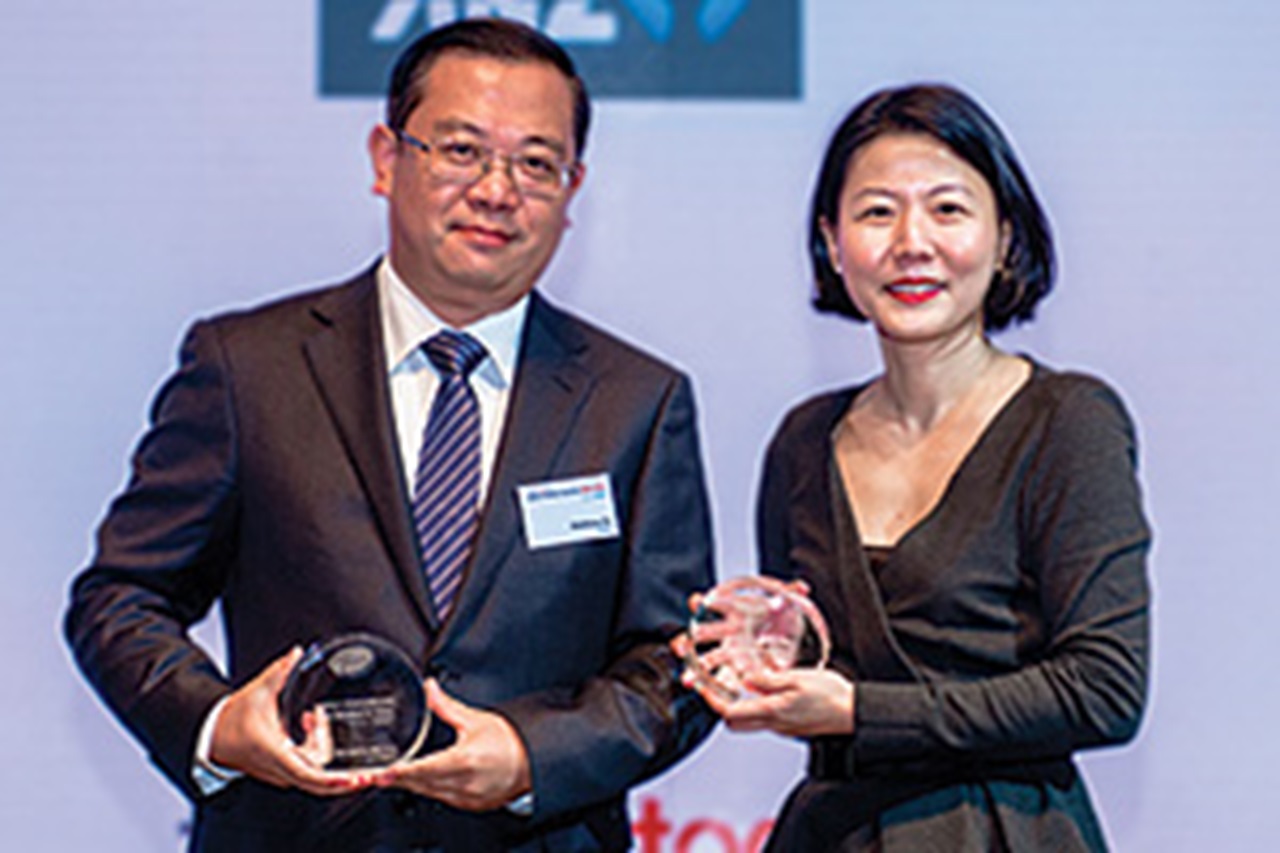
This case study profiles a solution as a result of the regulatory changes in 2014 which offered an opportunity to set up centralised payments and collections with netting and automated cross-border cash concentration and intercompany loans in foreign currency and RMB. This ‘on-behalf-of’ structure has SAFE approval.
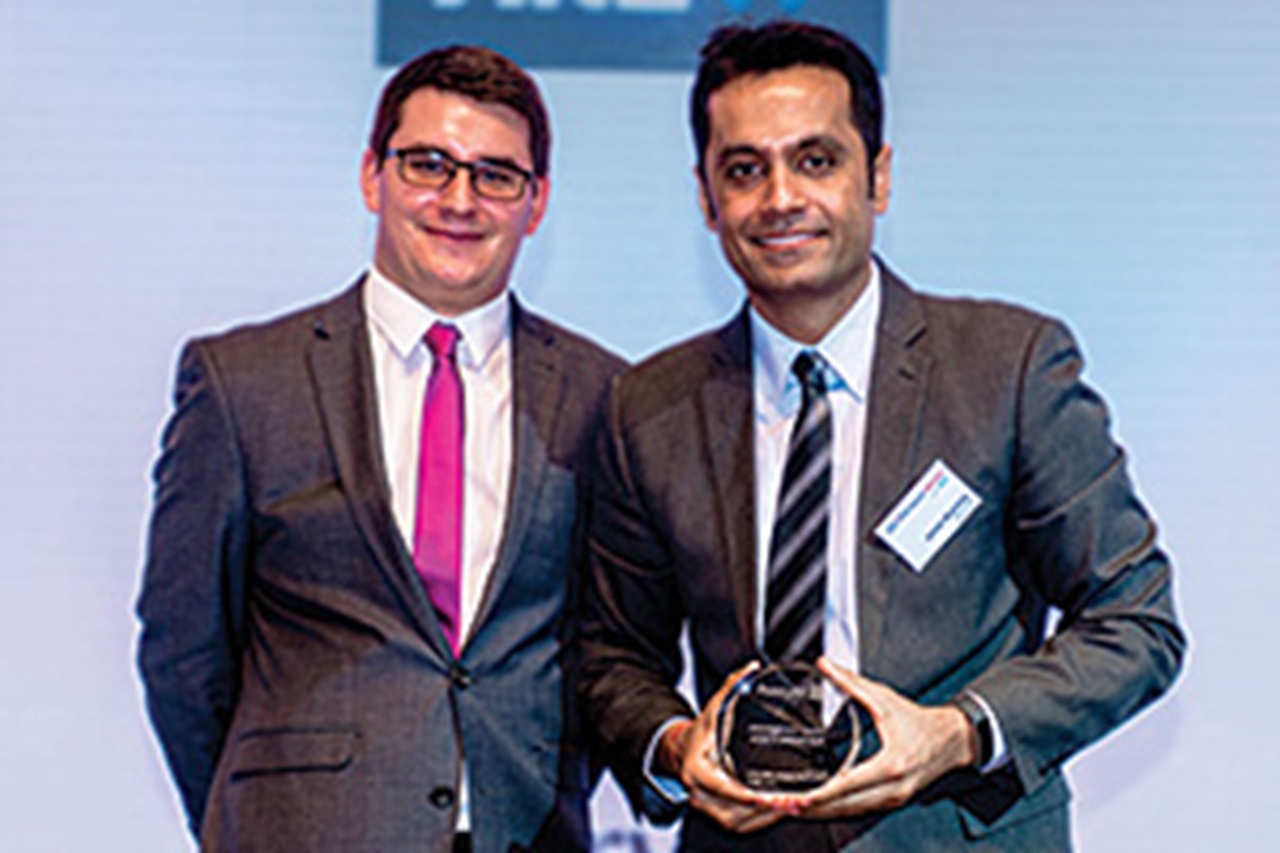
This solution uses an Escrow account to leverage the huge online revenue opportunity which Microsoft identified. The project, named Gallacake, demonstrates how treasury can help a huge, matrixed organisation like Microsoft to bring multiple teams together to deliver a solution for the entire ecosystem and how treasury is now viewed as a trusted adviser.
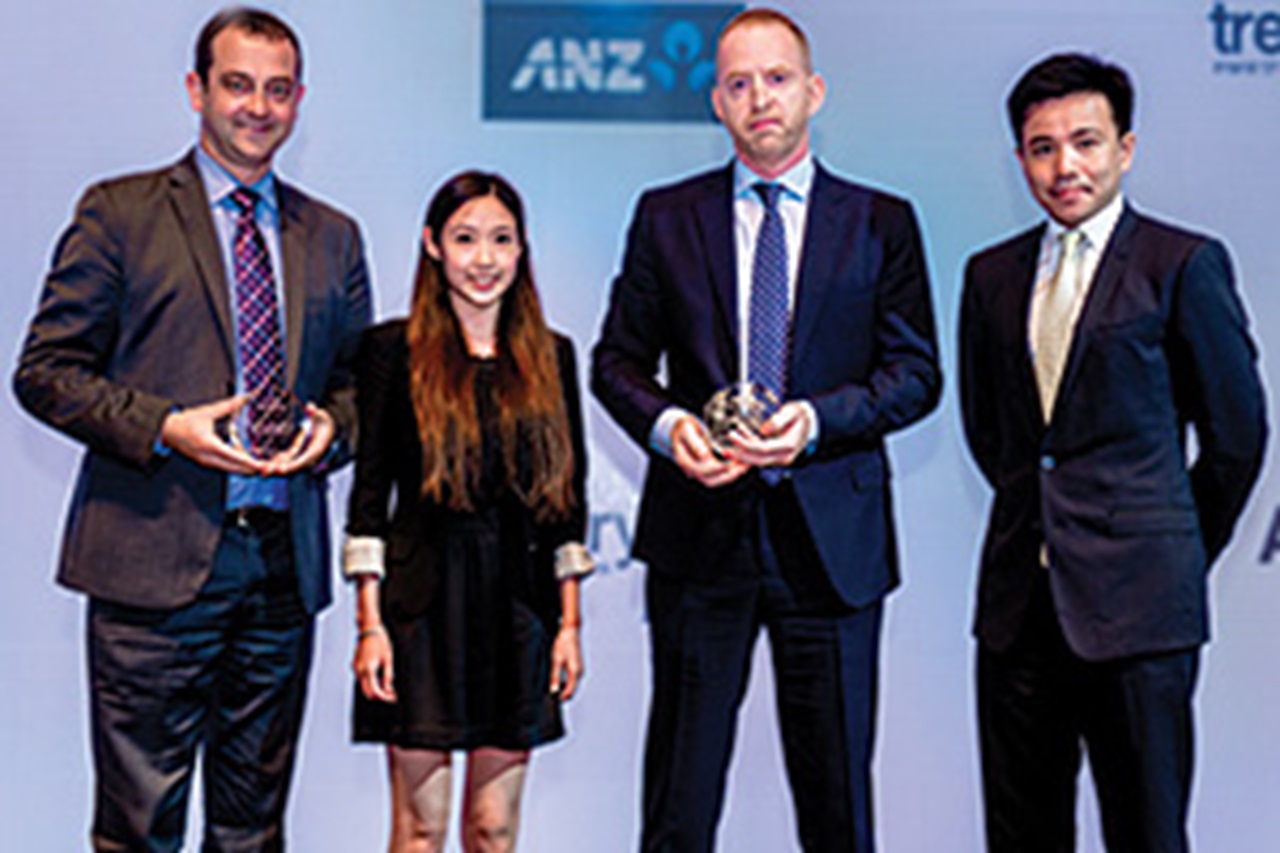
This insurance giant decided to partner with a major treasury risk management provider and thirdparty SWIFT service bureau to deliver its solution. The team now process over 1,000 bank statements and monitor exposure against 500+ limits each day.
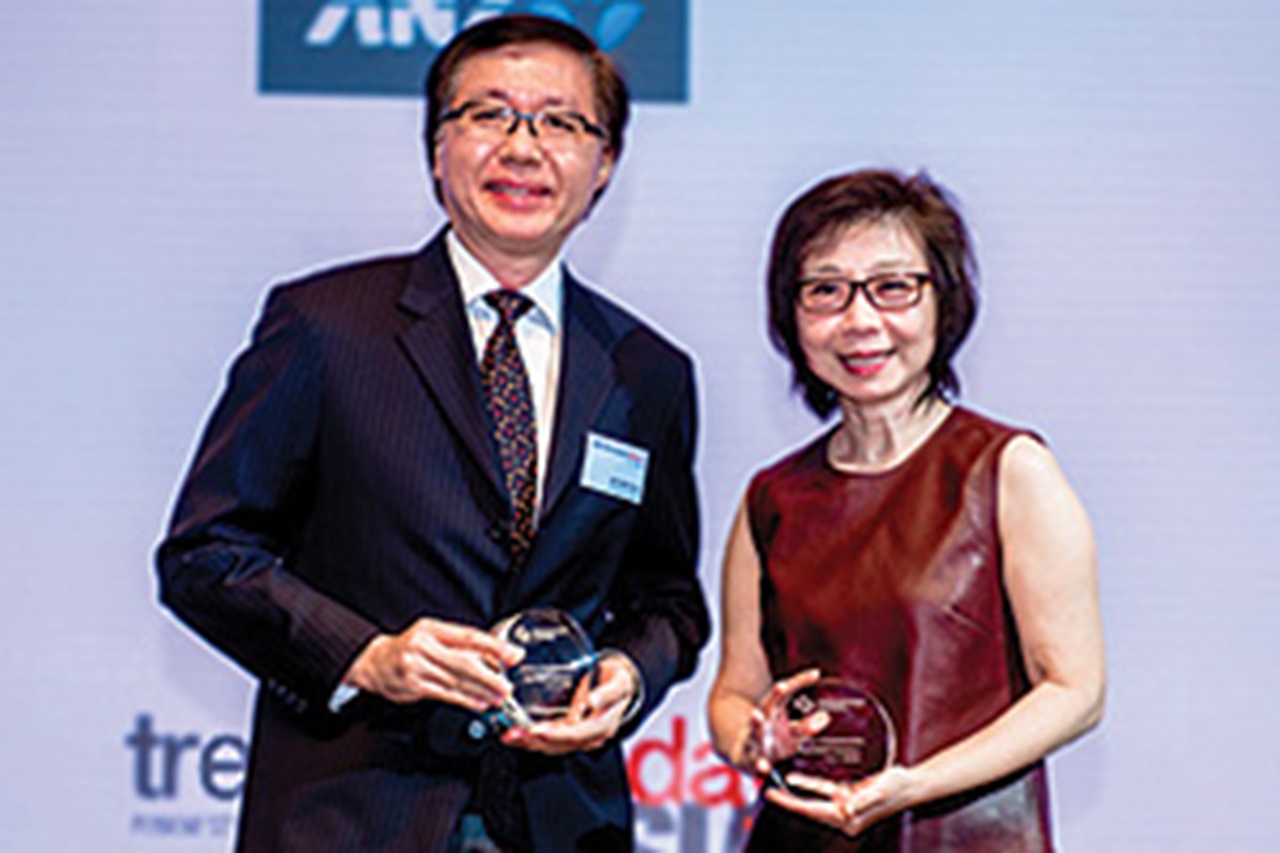
Singapore Power (SP) wanted to digitise its financial and treasury transactions. According to SWIFT, SP is amongst the first government-linked corporations in Singapore to fully digitise their end-to-end treasury and payment functions via the SWIFT platform.
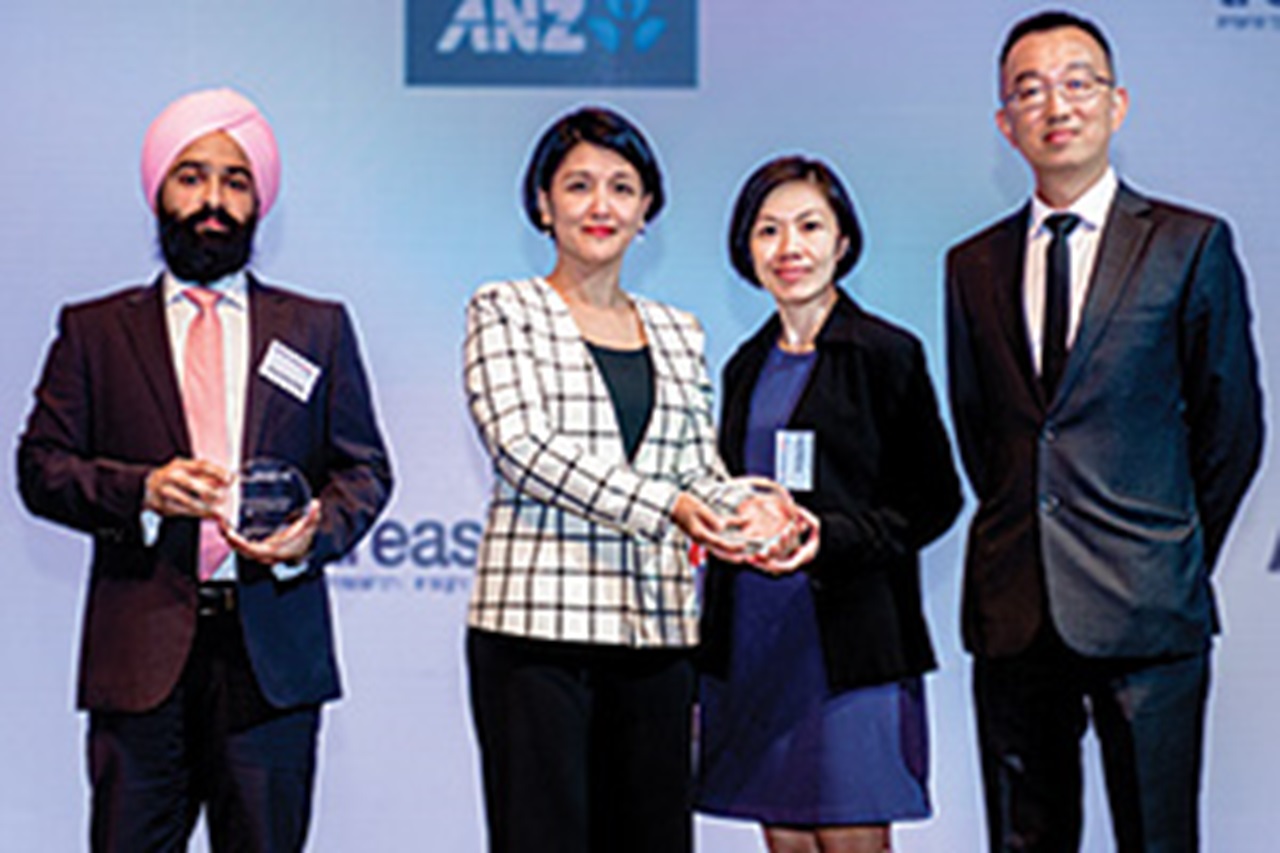
Wilhelmsen Ship Management Group (WSM) embarked on an ambitious re-engineering project to streamline and enhance its structure and processes. Today, WSM’s SSC in Kuala Lumpur processes more than 10,000 payments each month, in 61 currencies through four major global banks to serve their global clients. Combining their banking partner’s solutions with SAP and SWIFT capabilities, WSM is able to harness the power of information transfer and technology to reinvent its treasury operations.